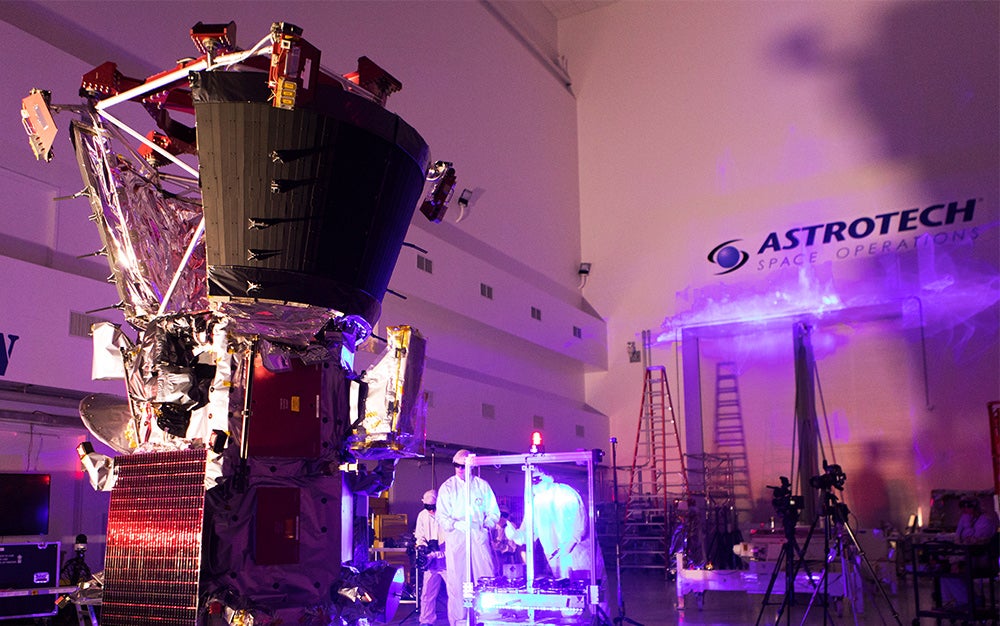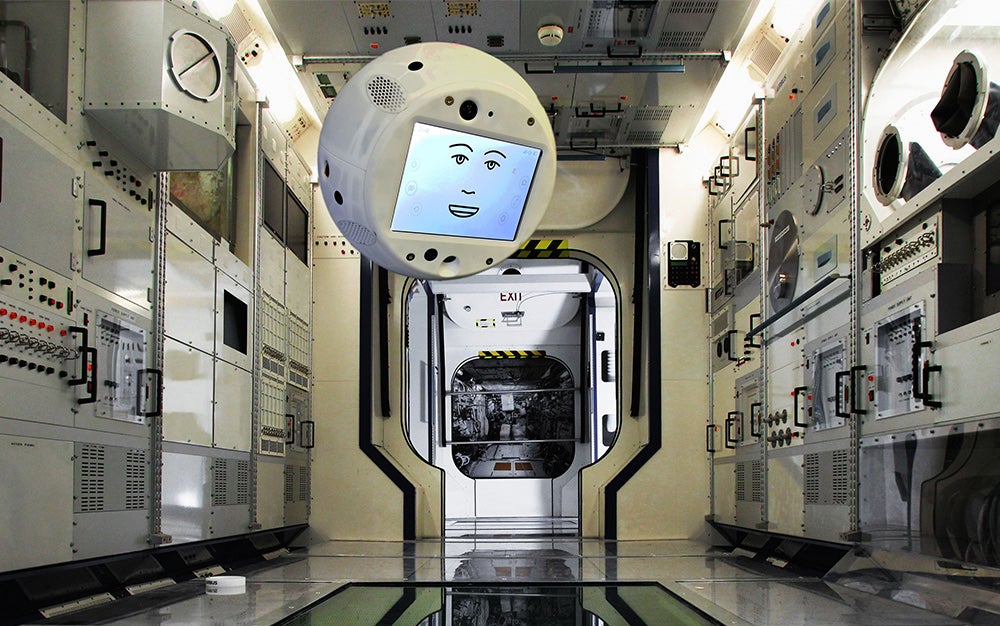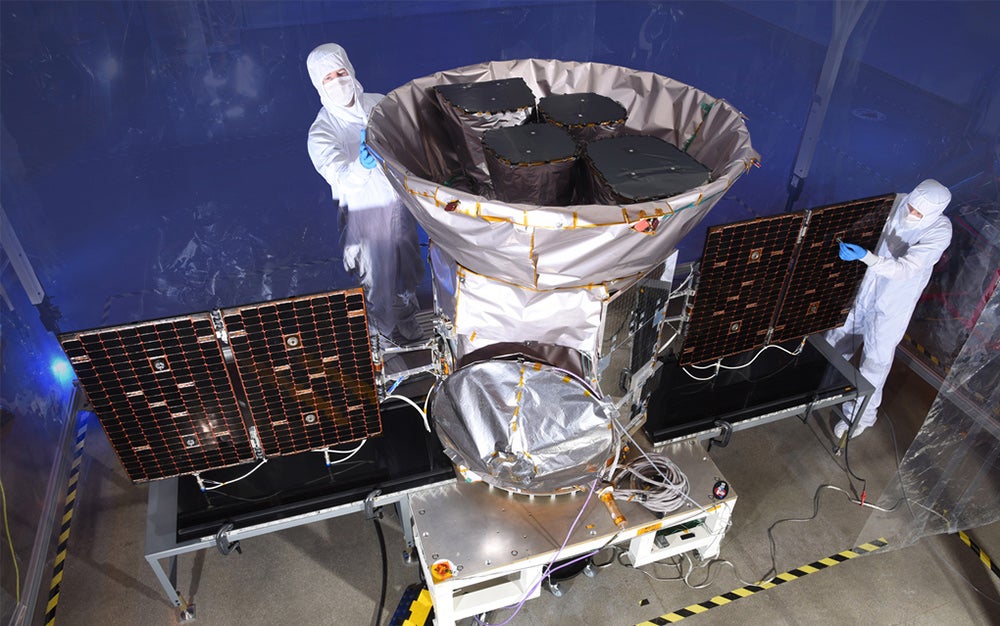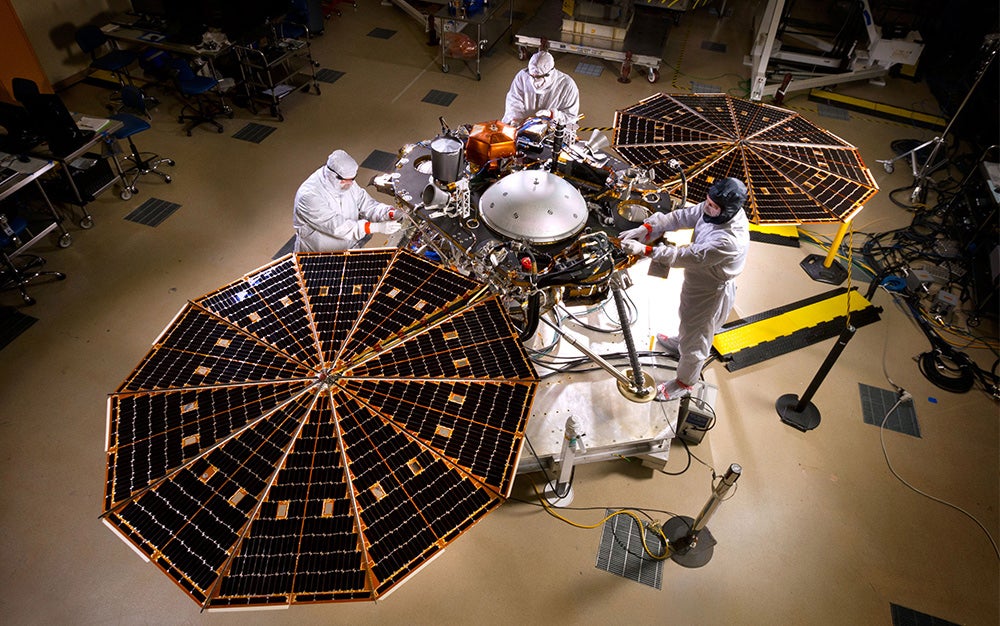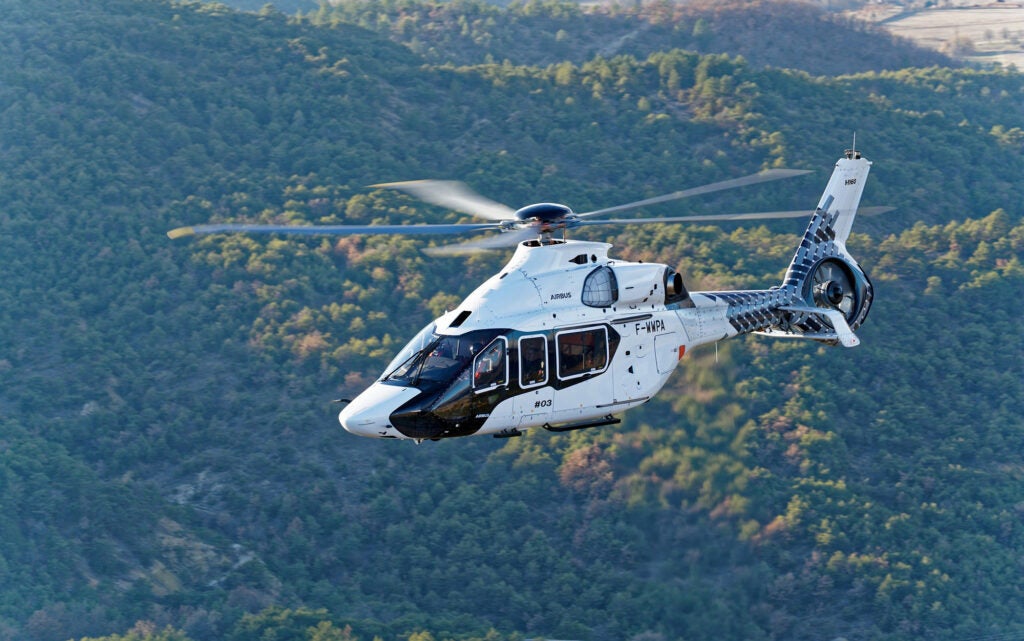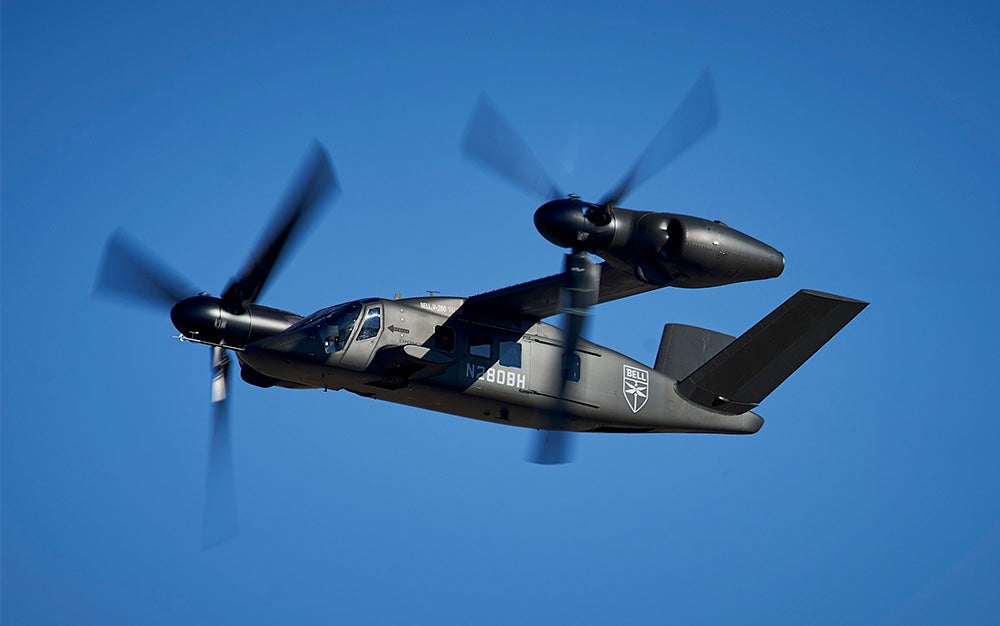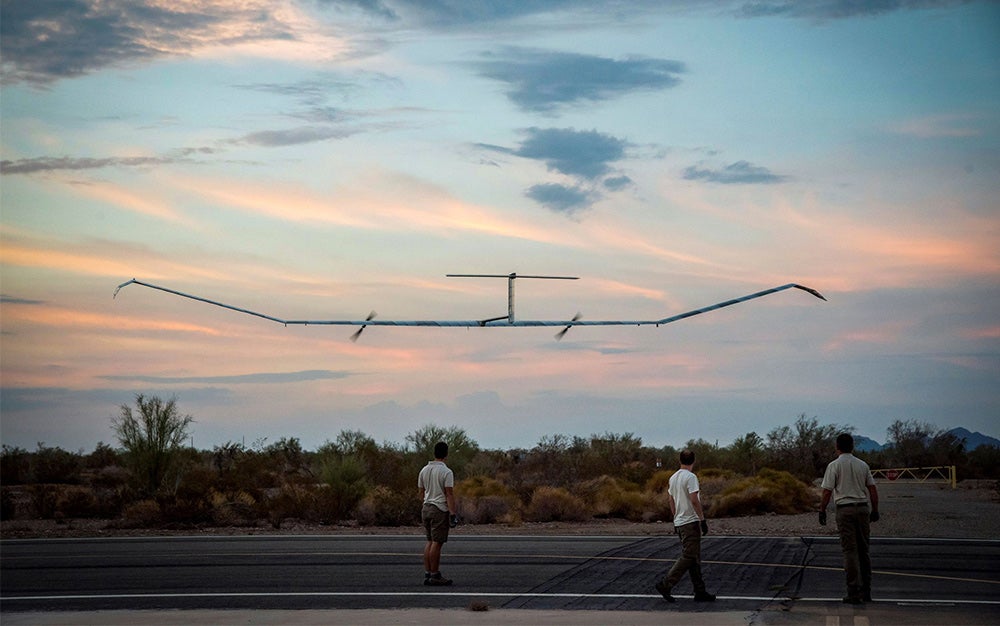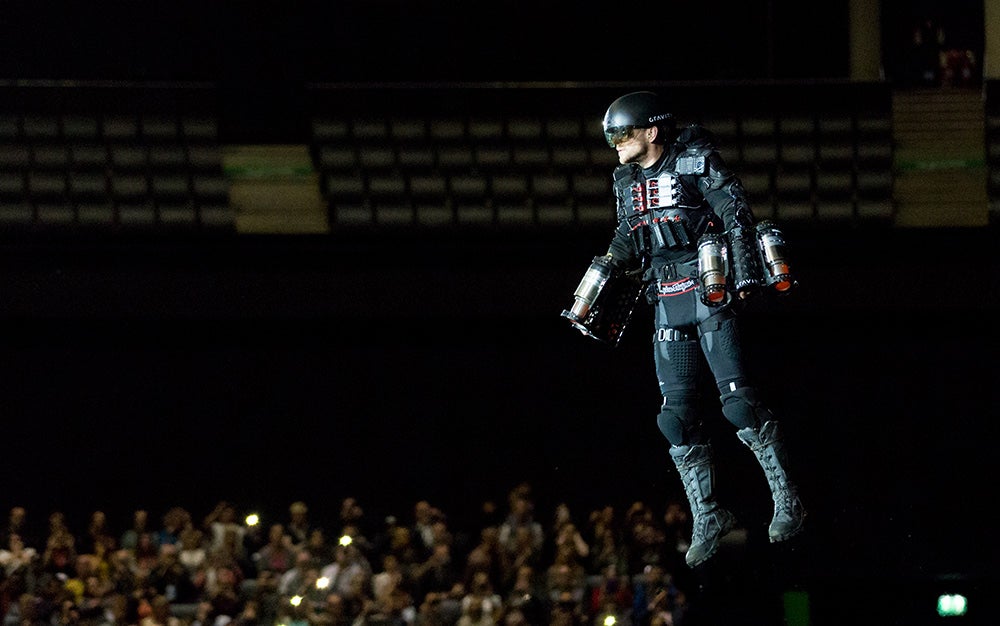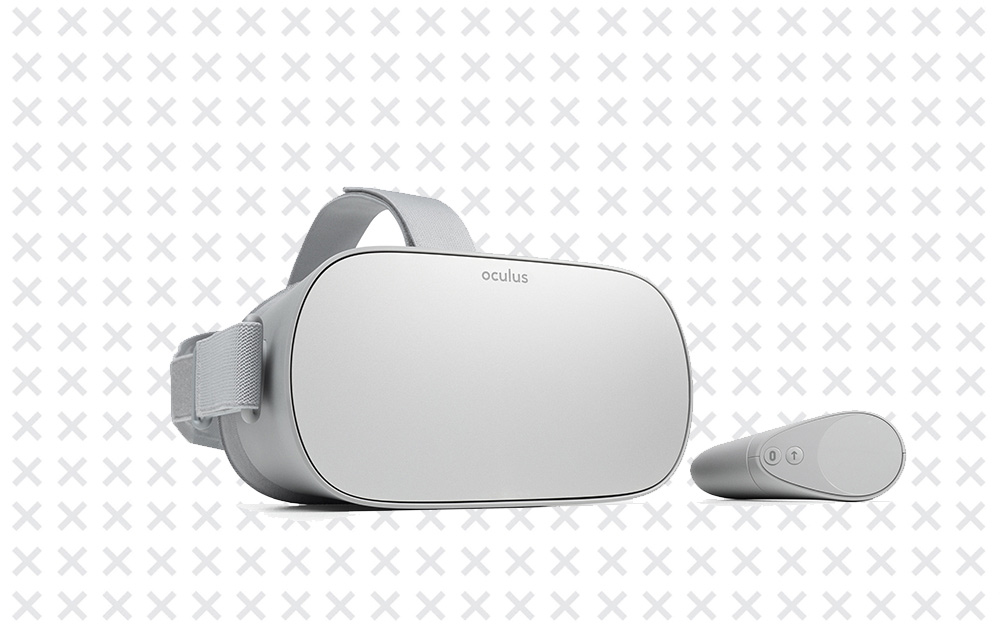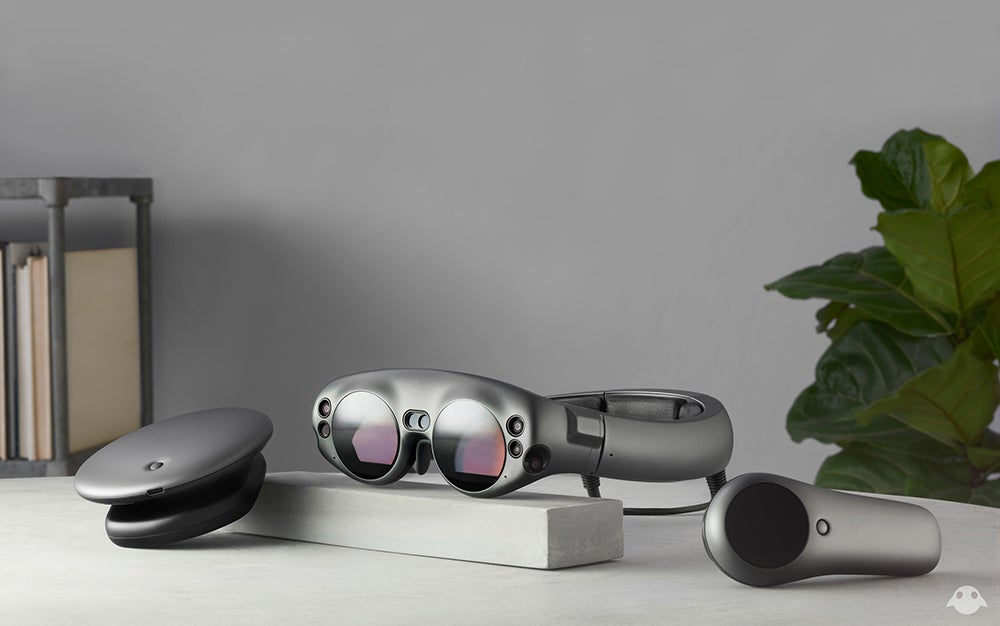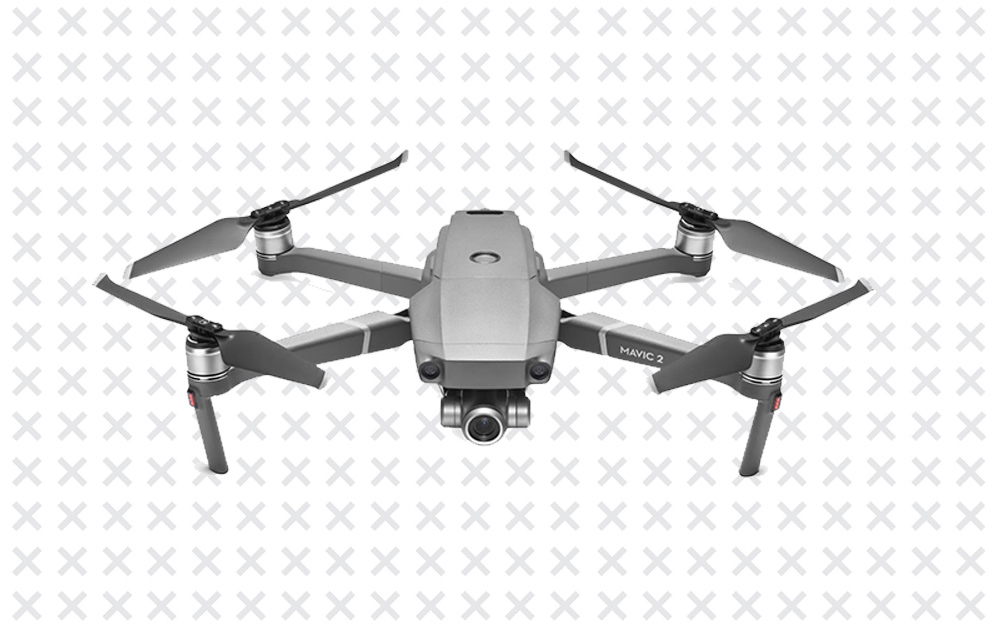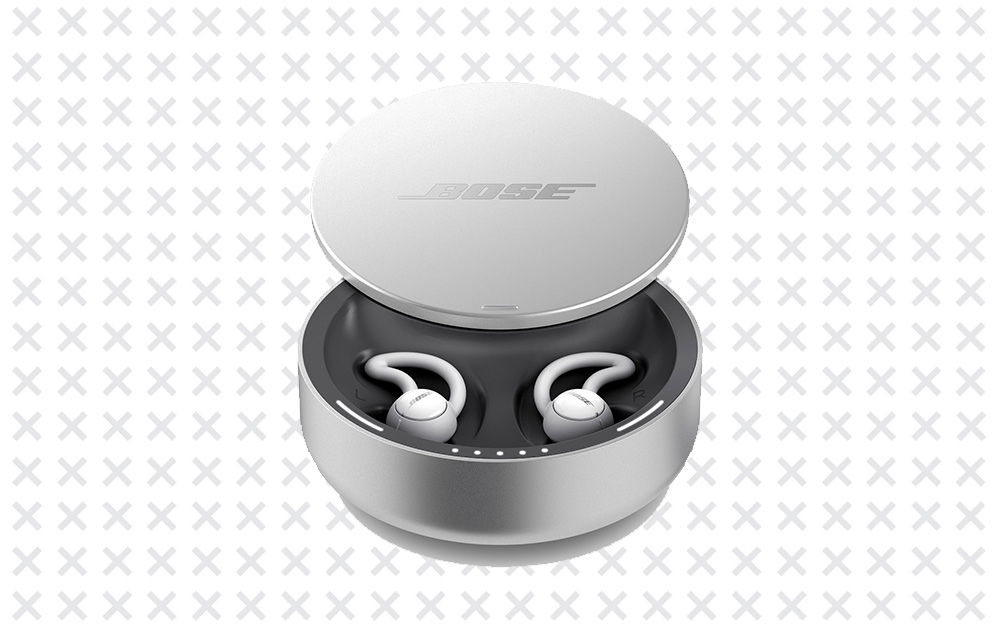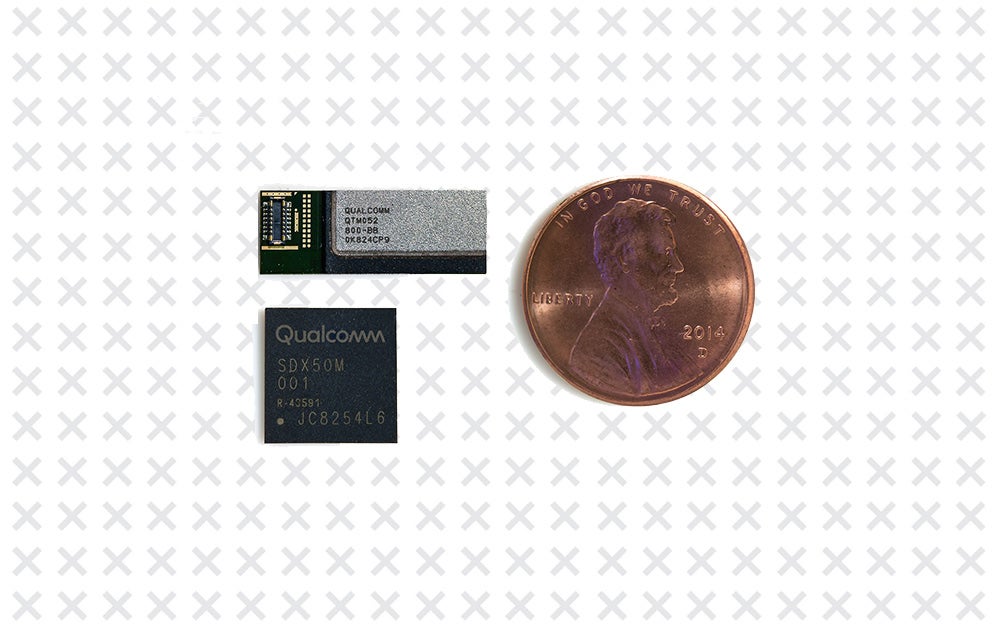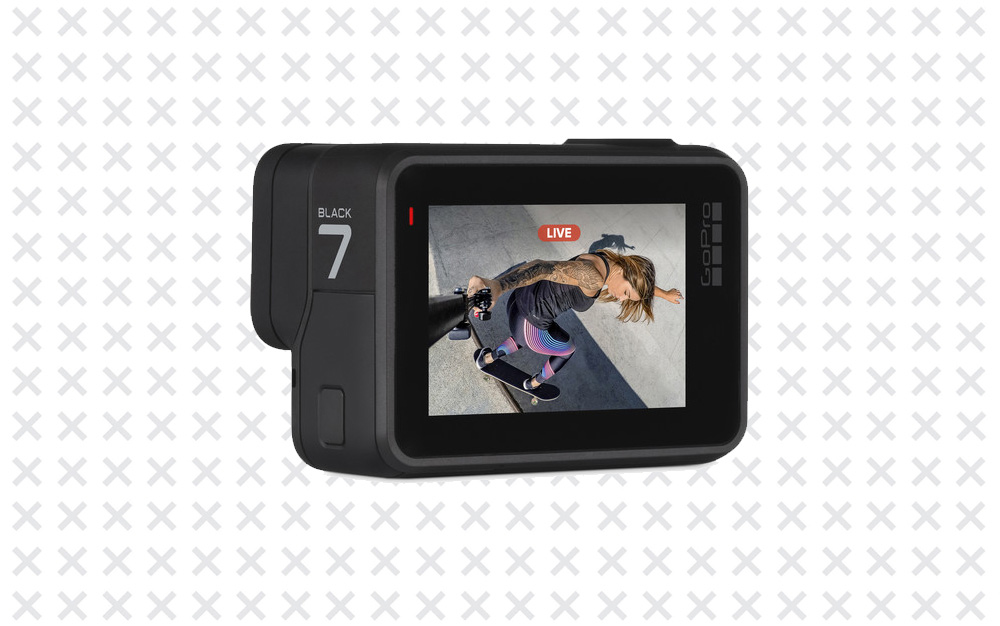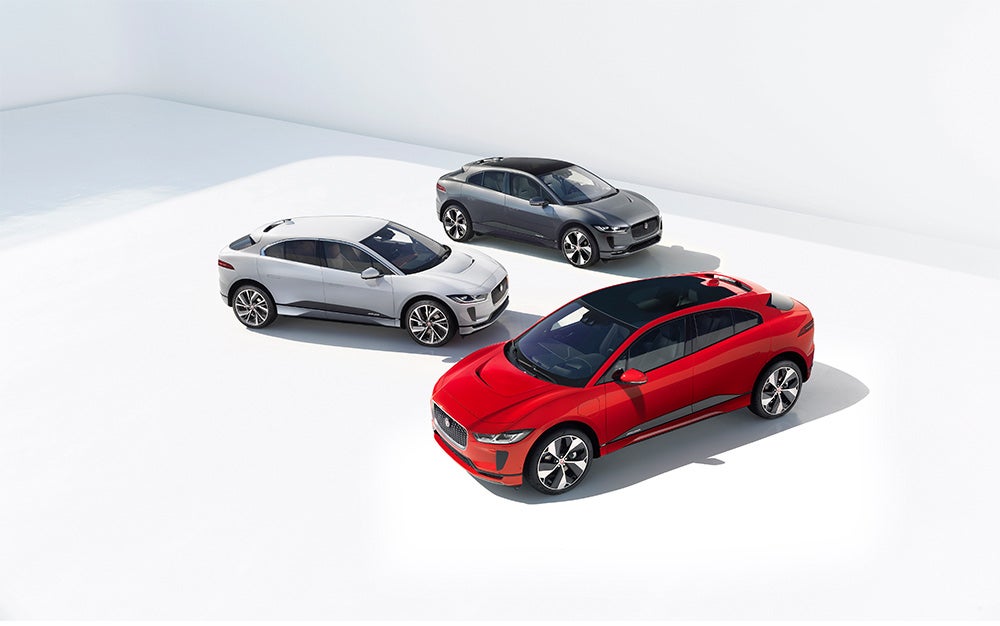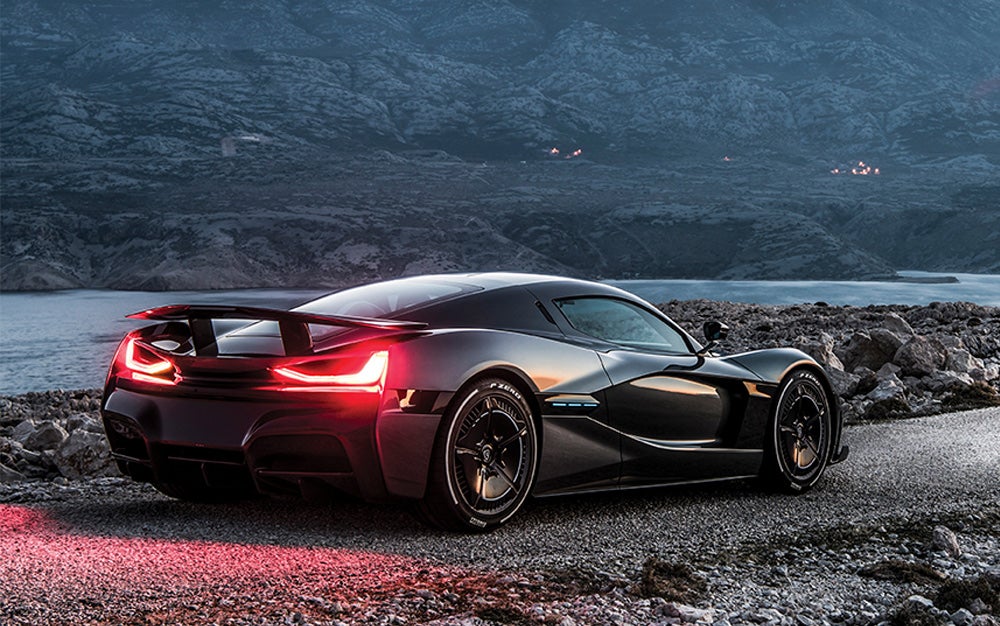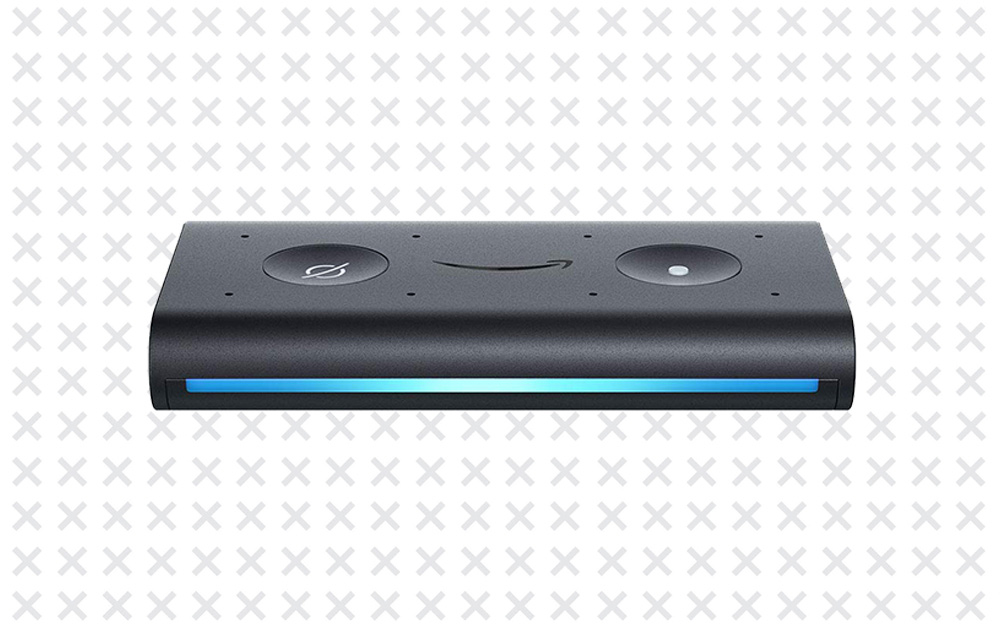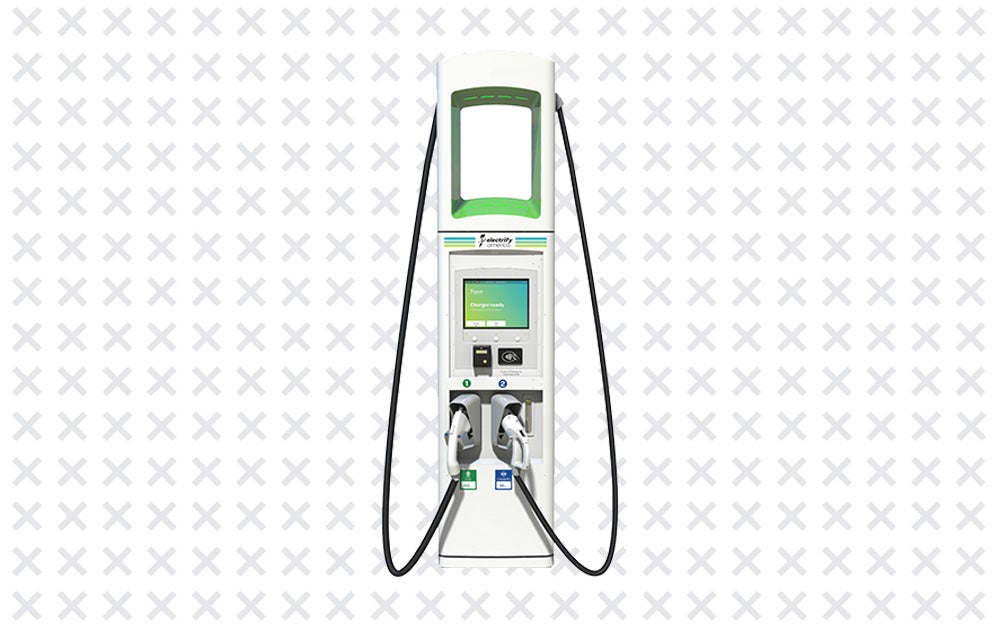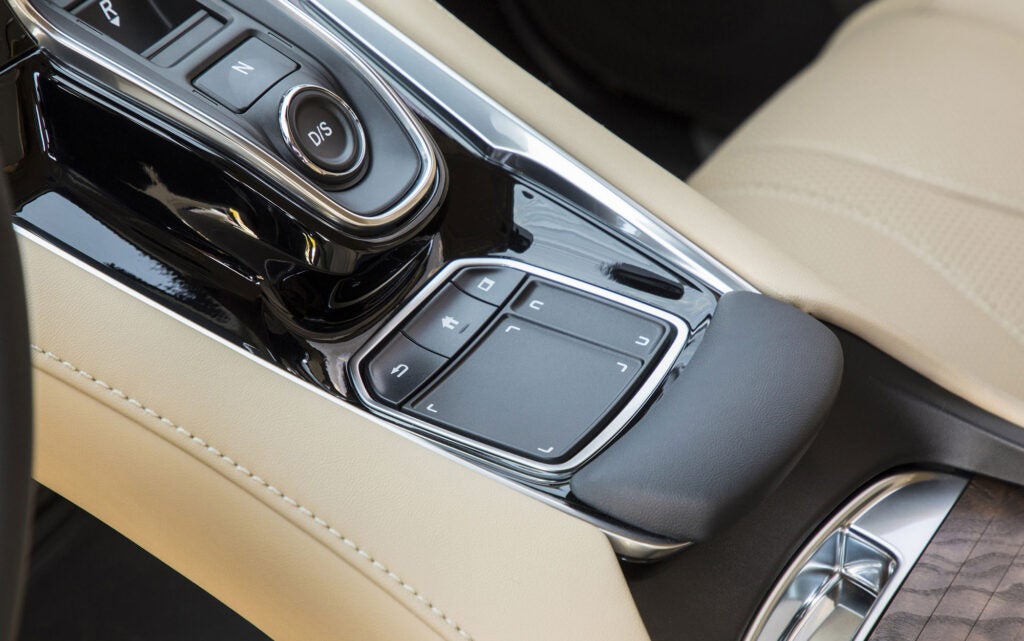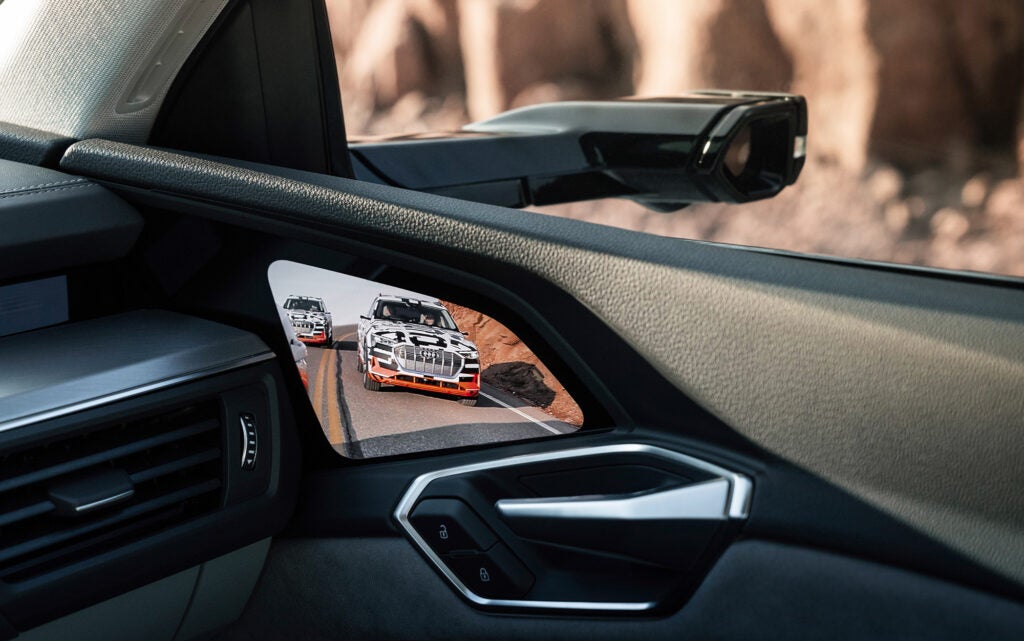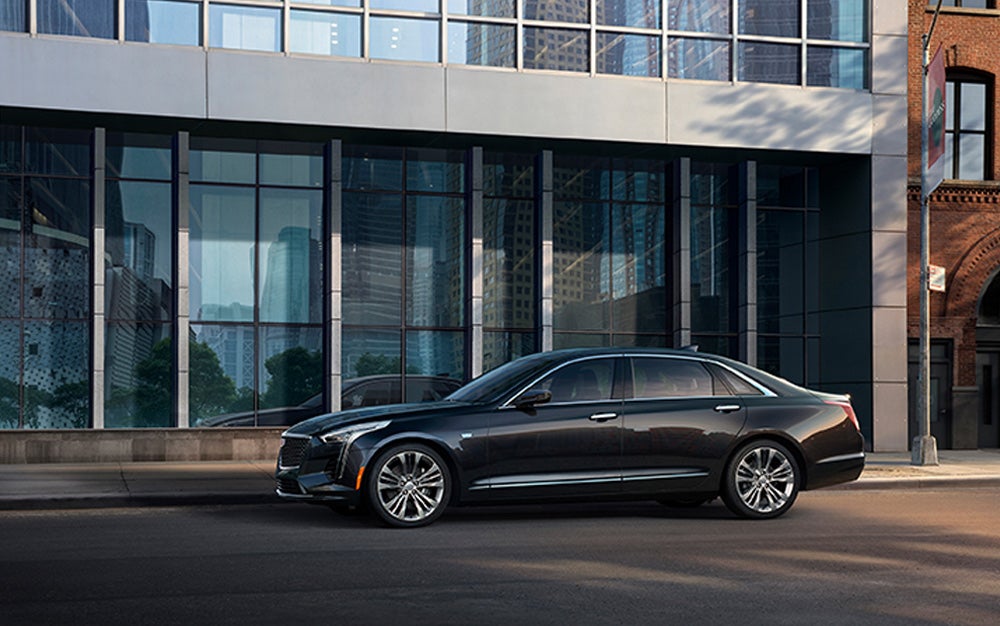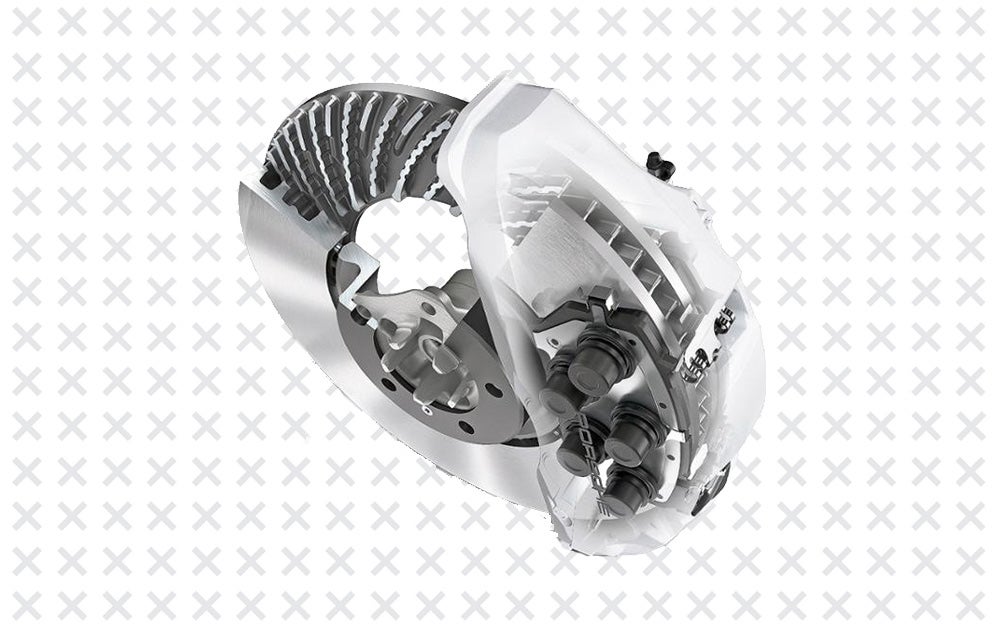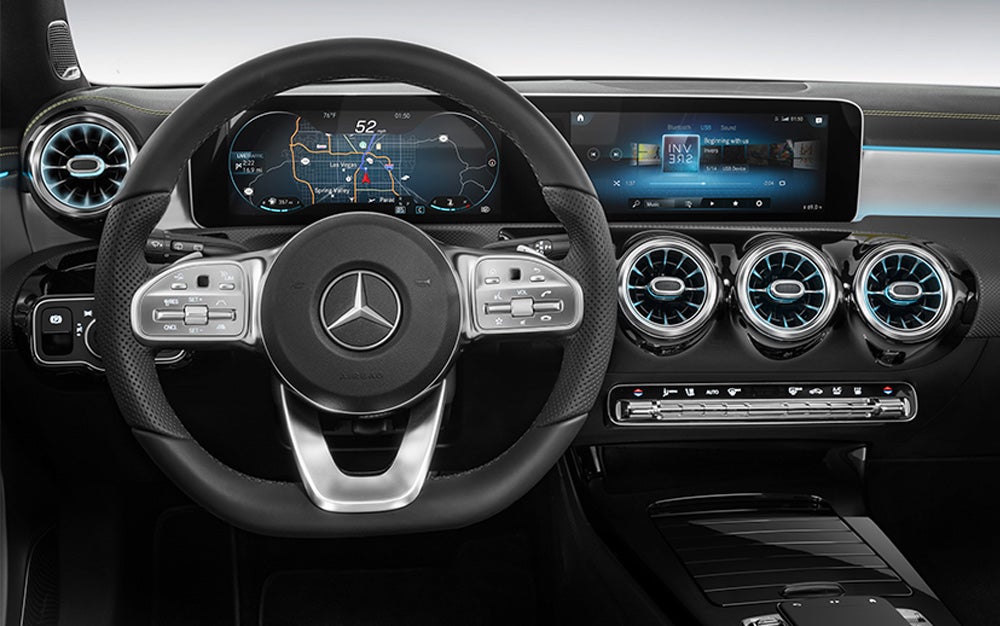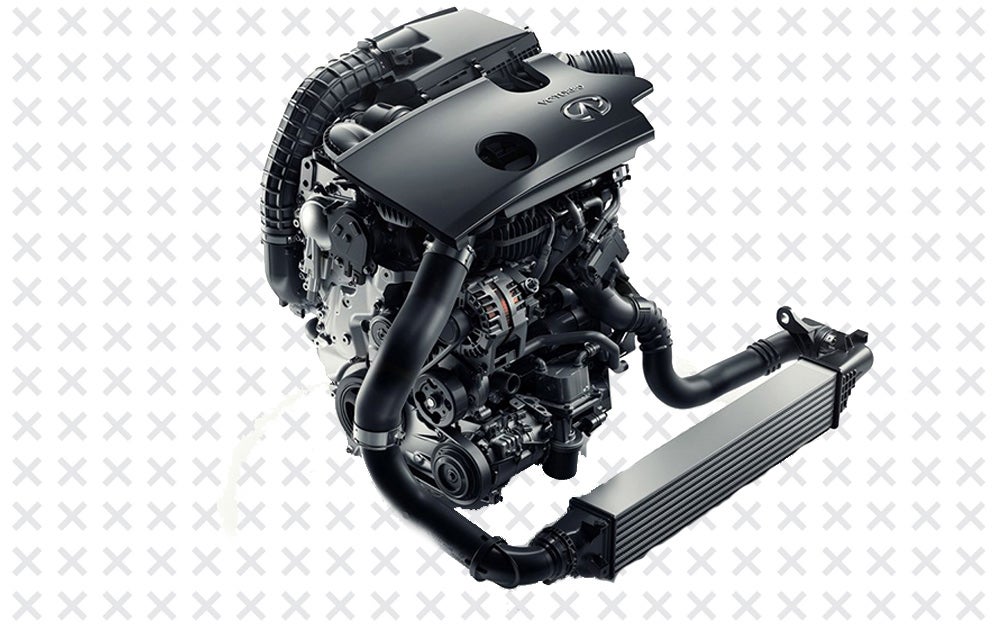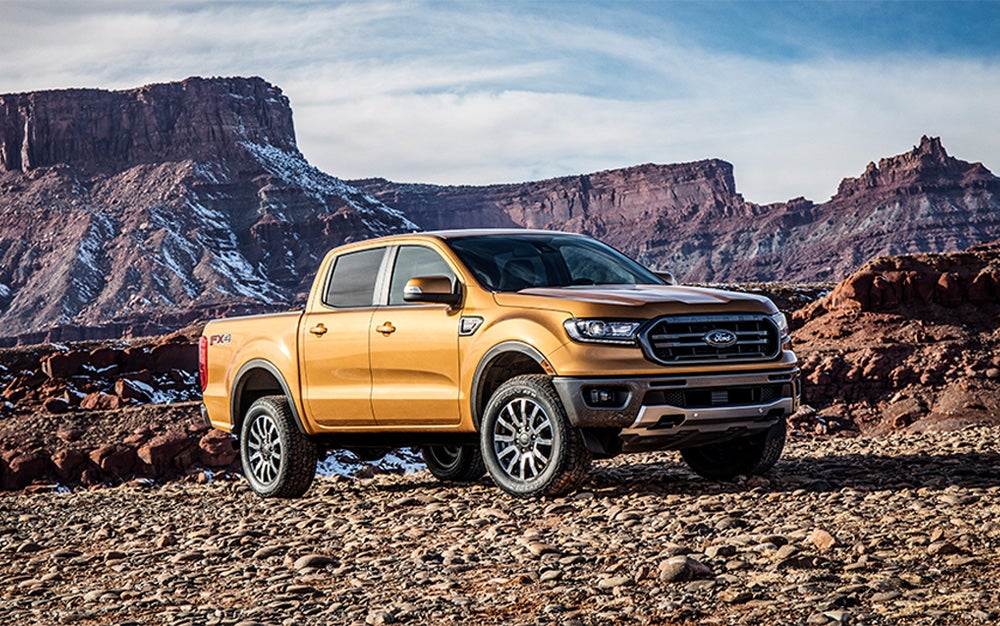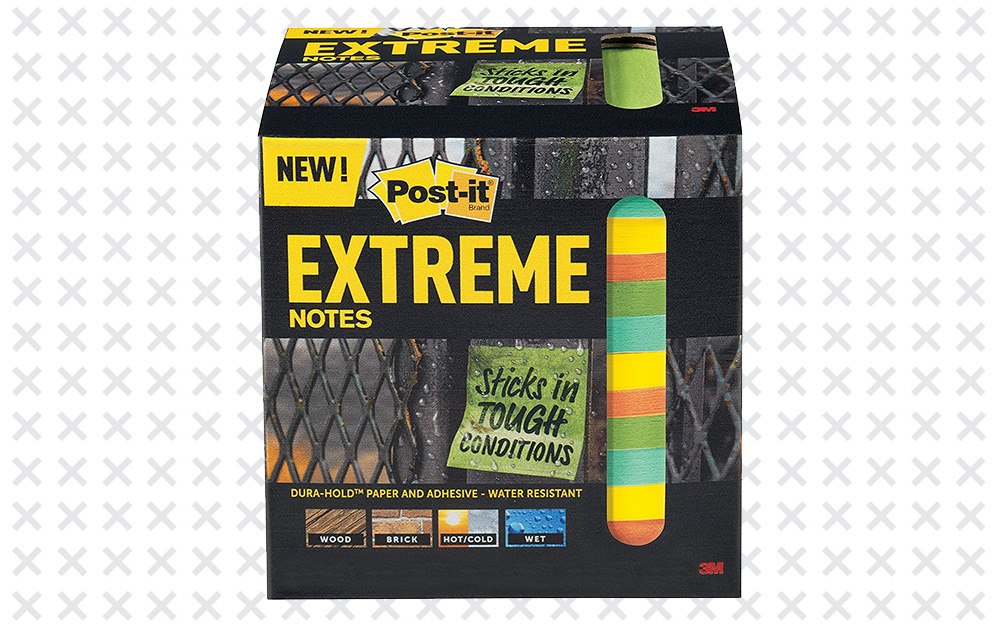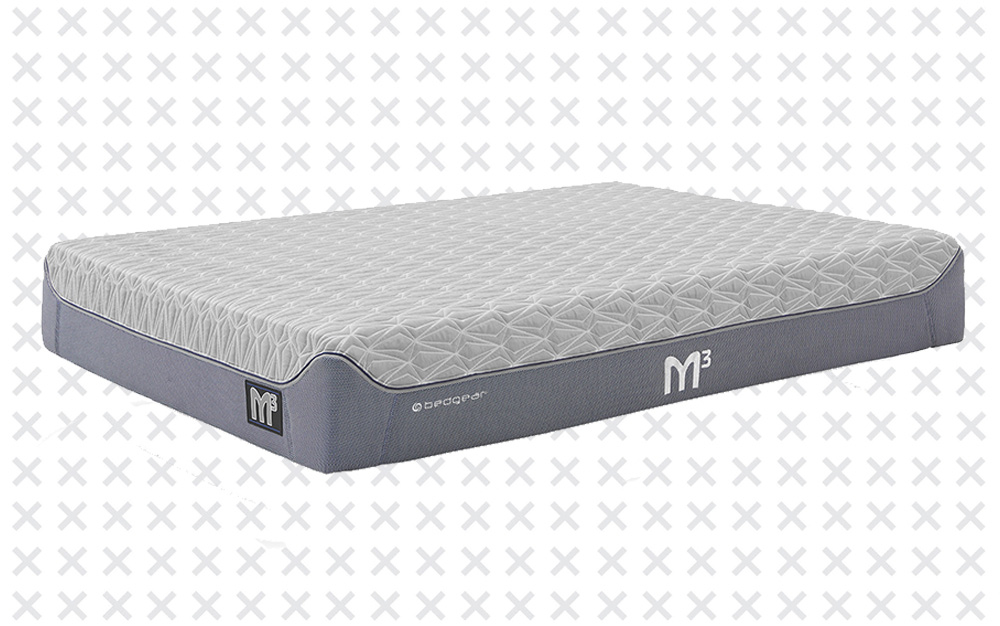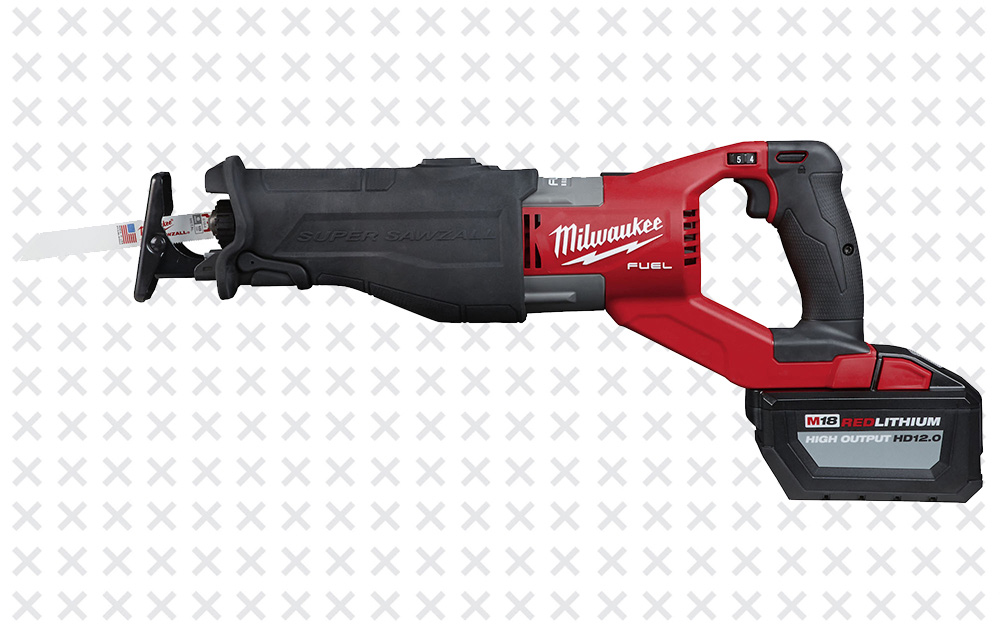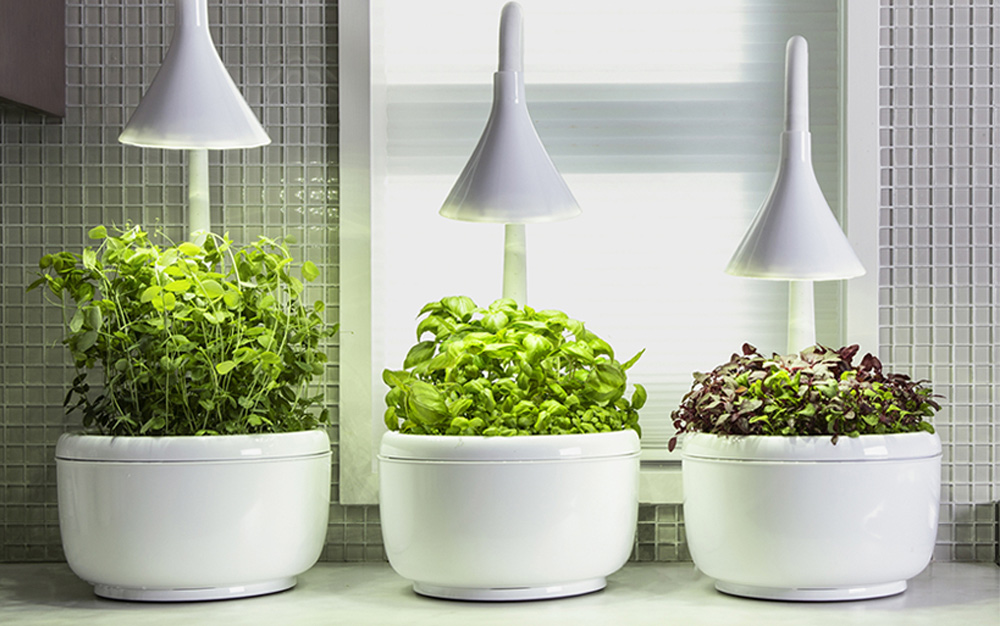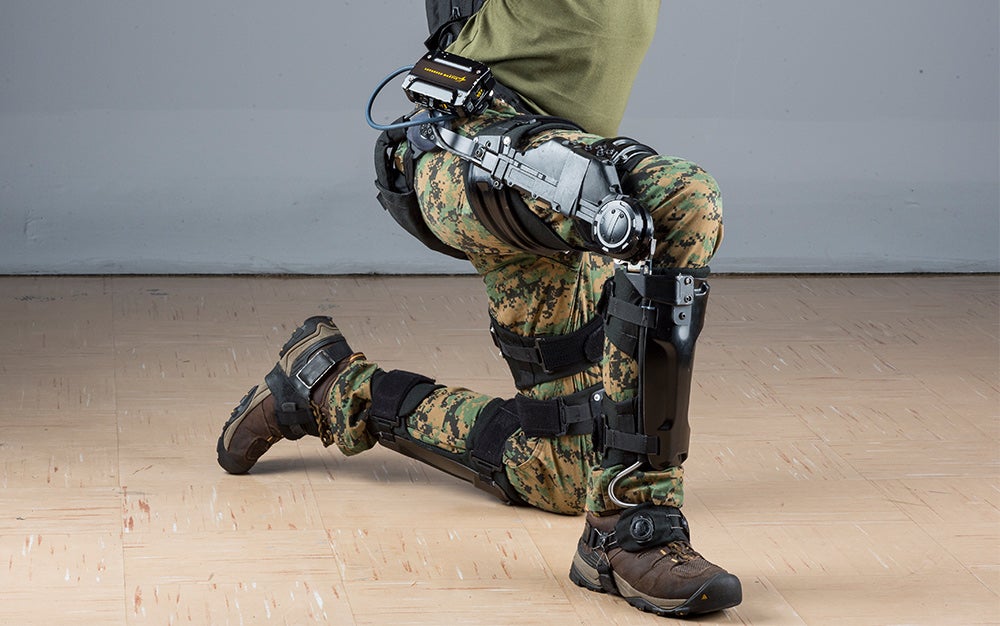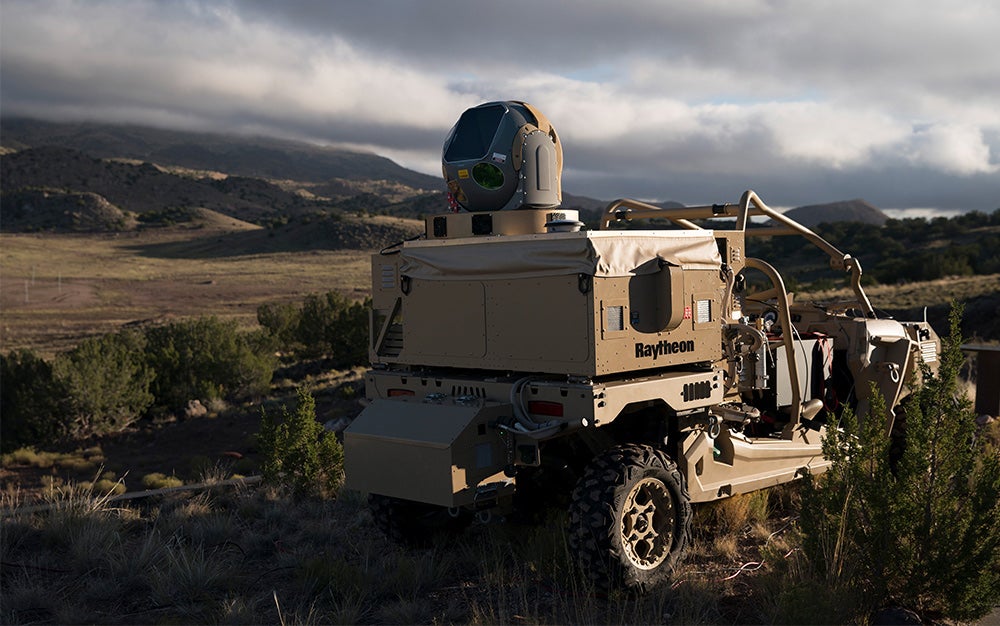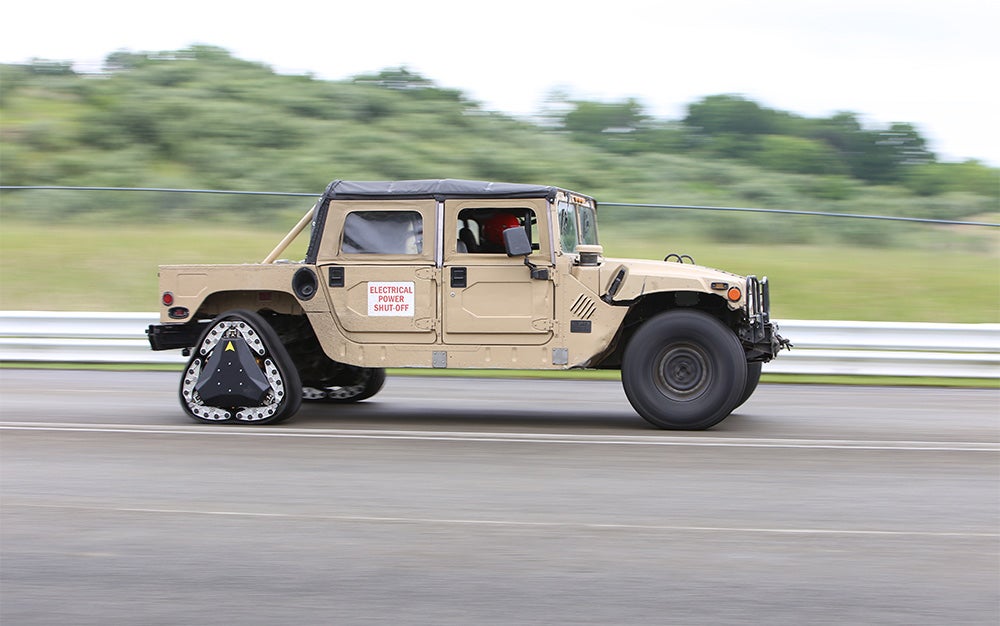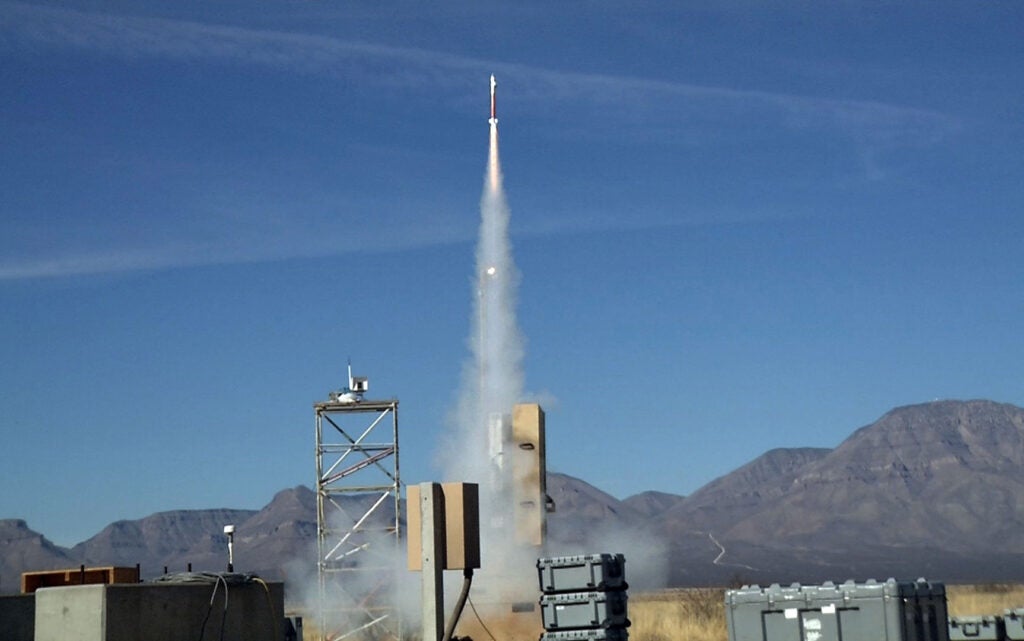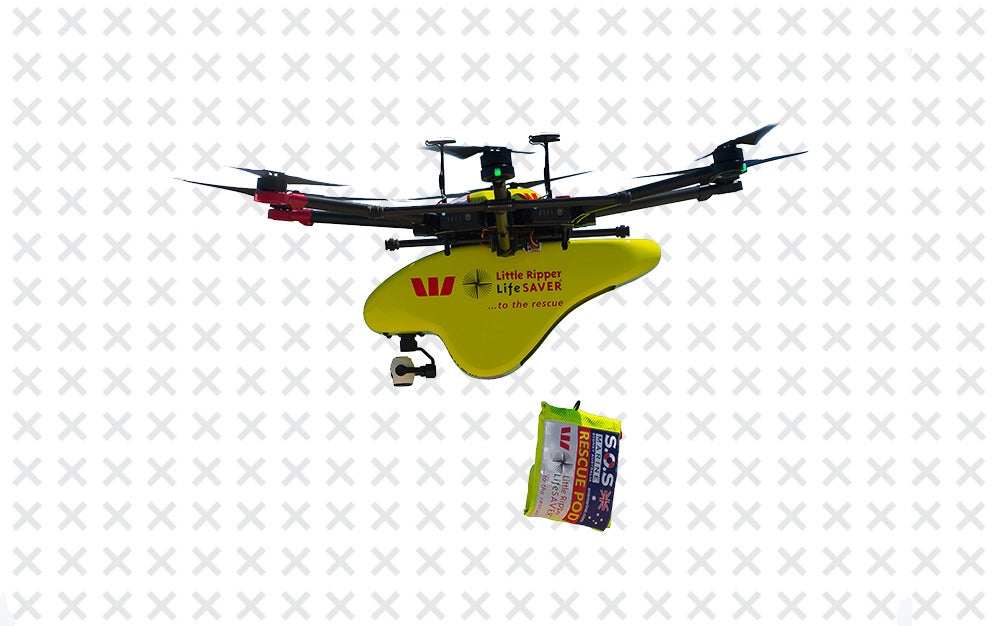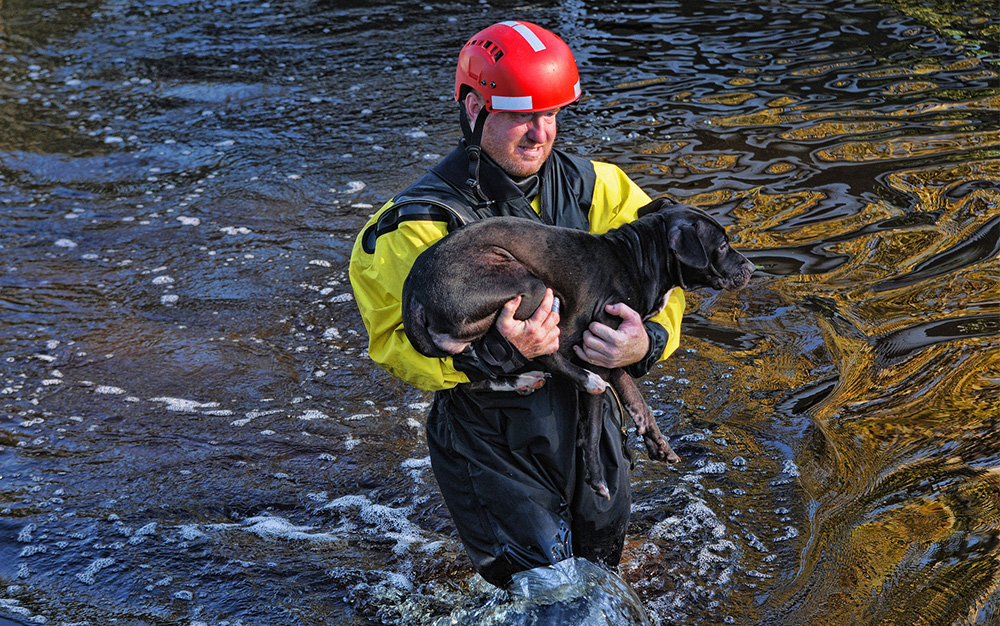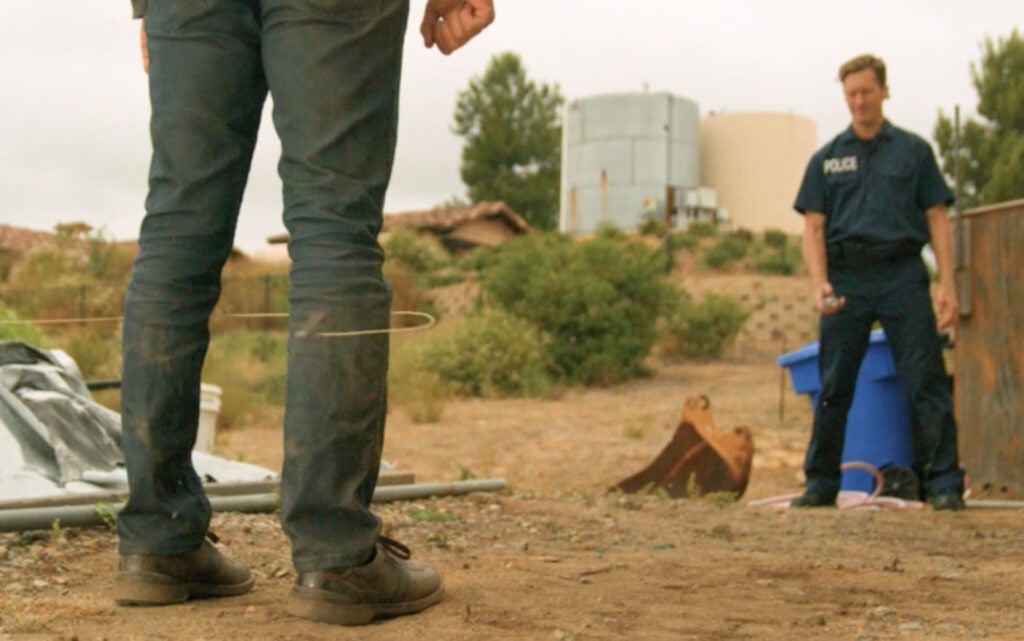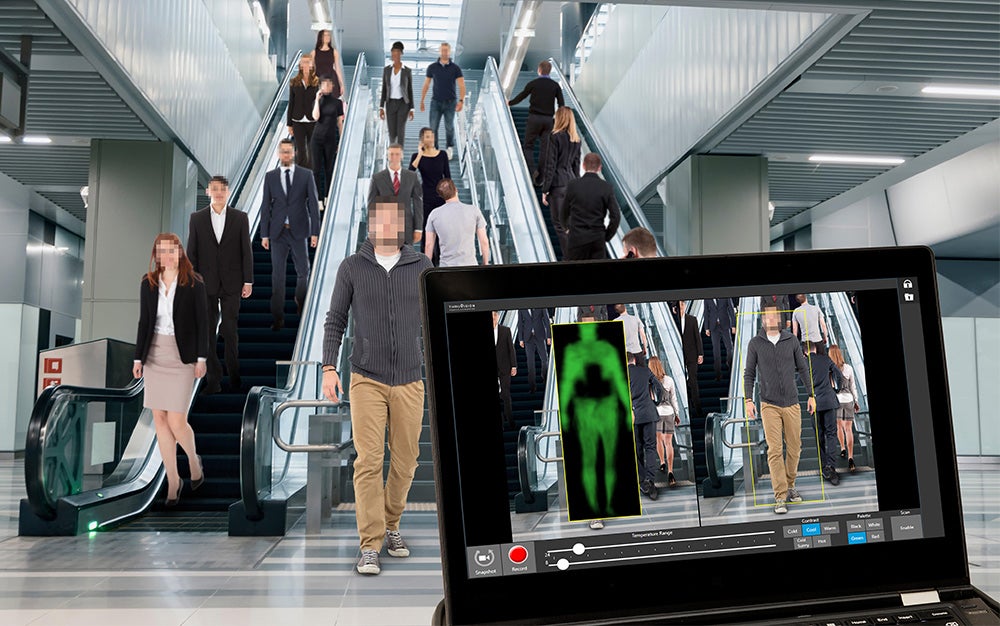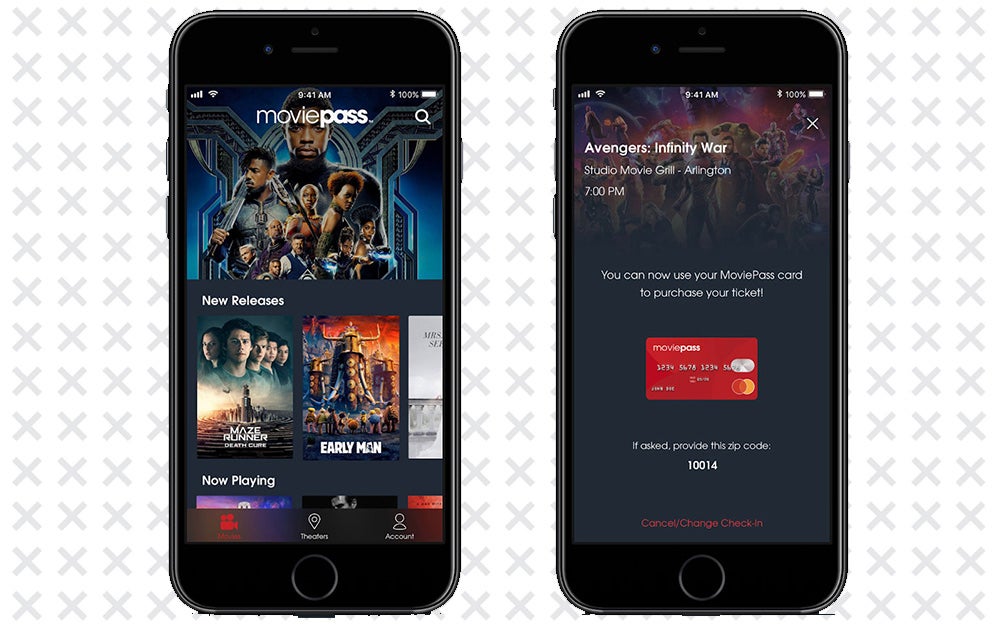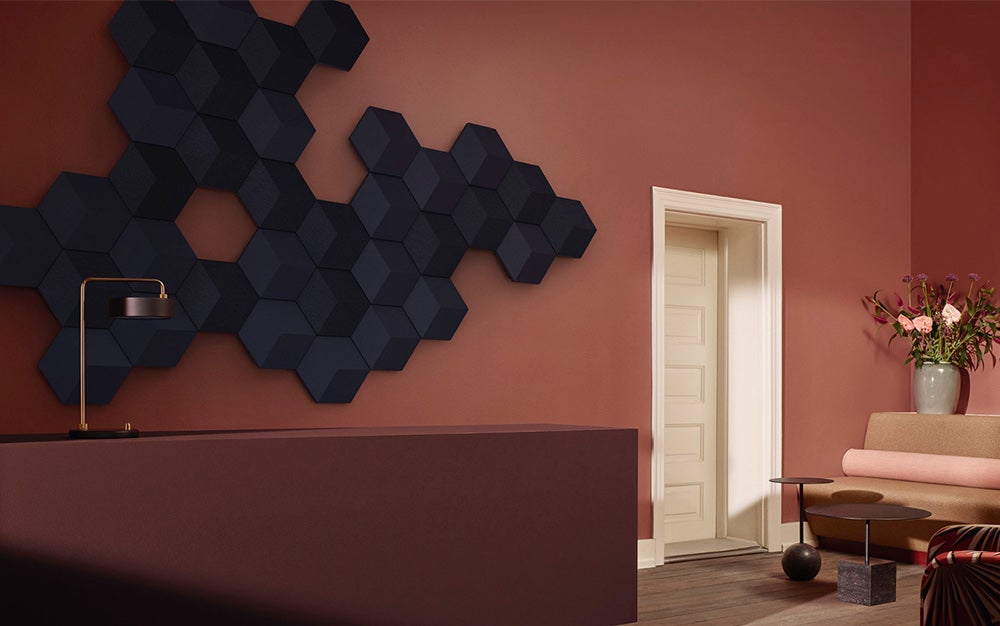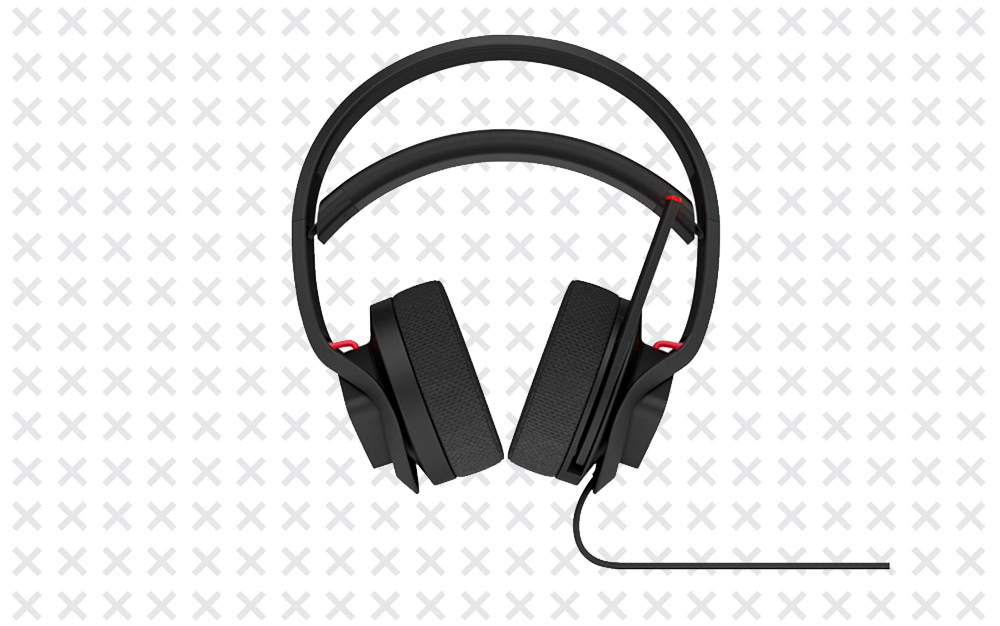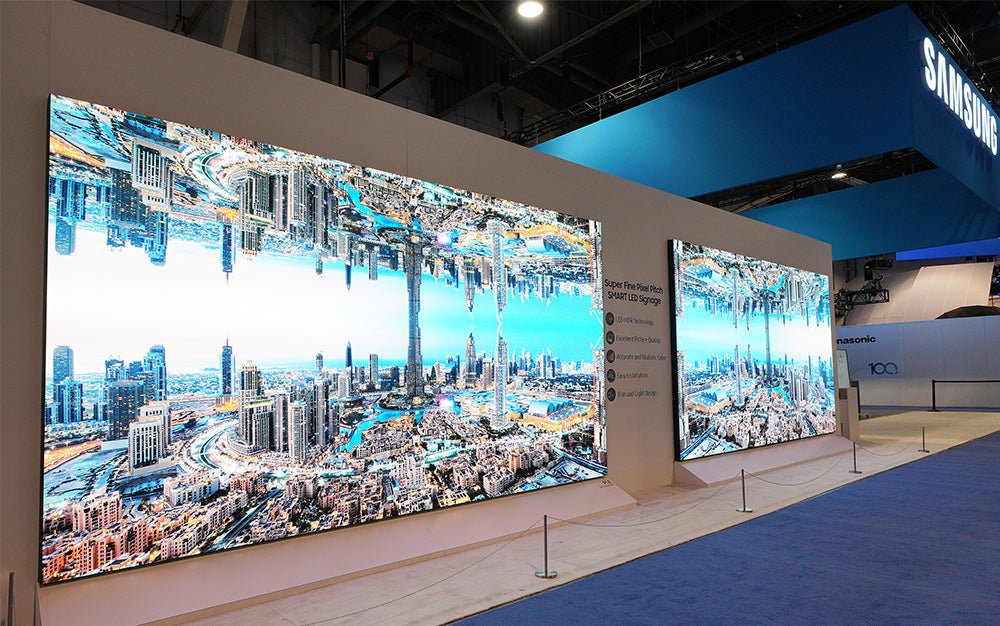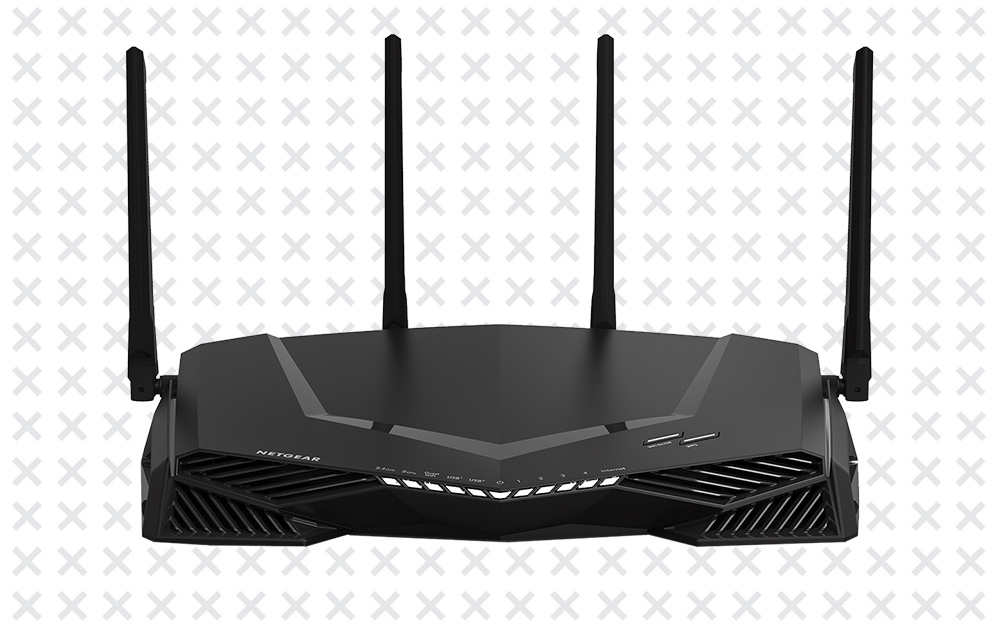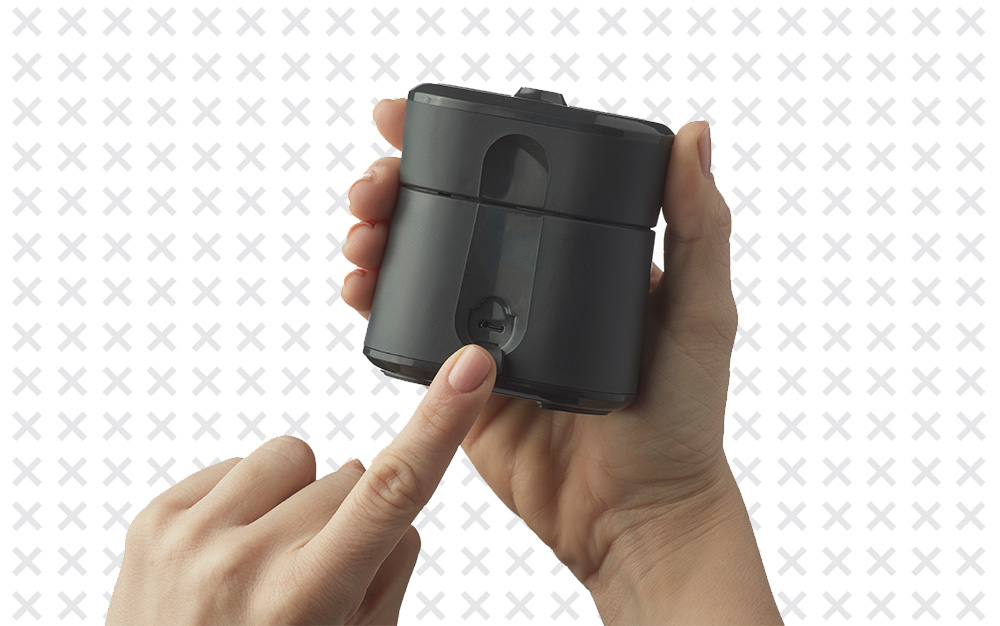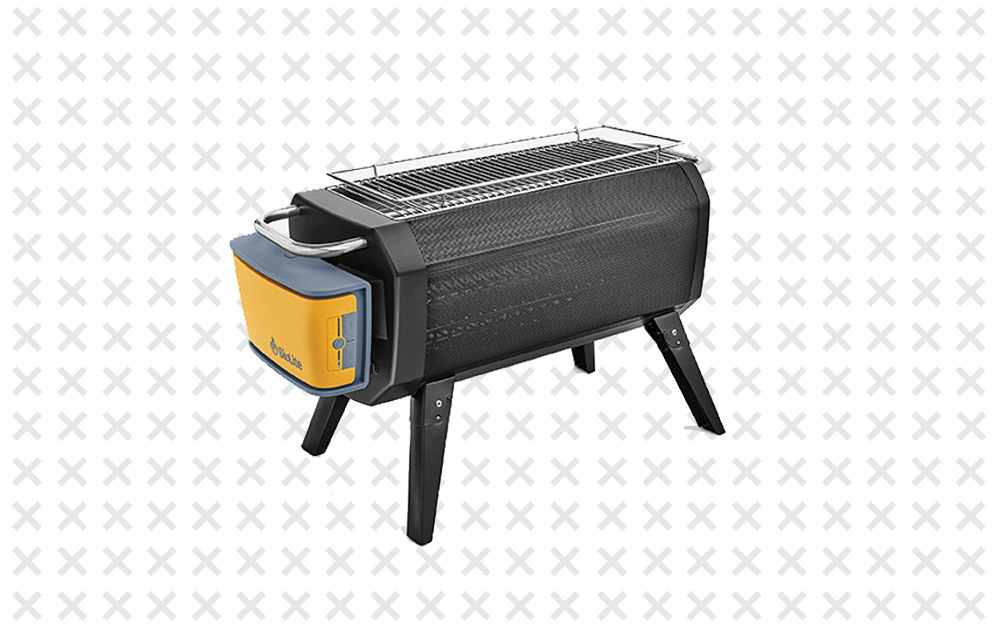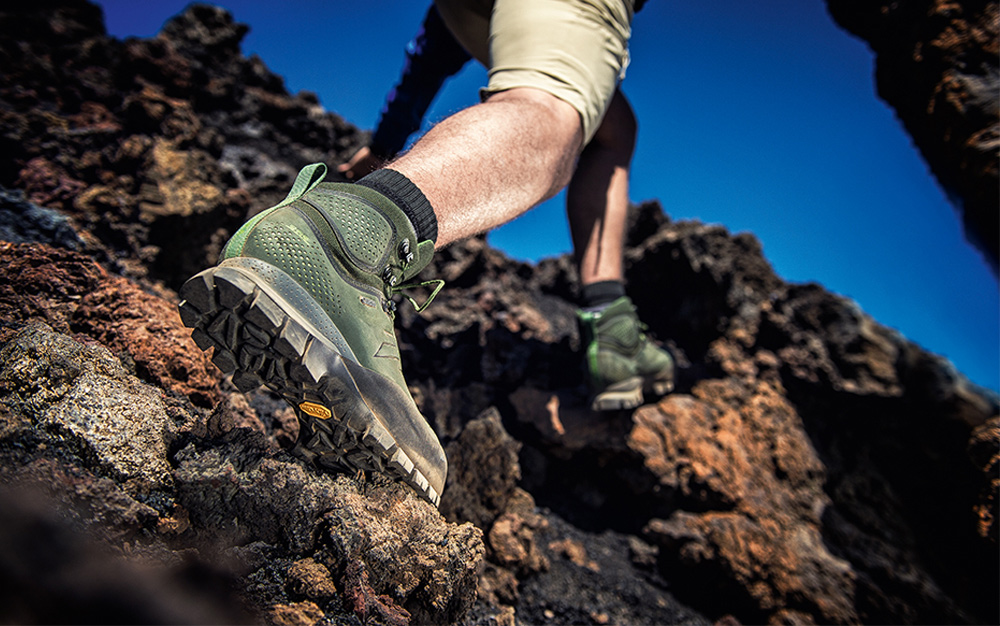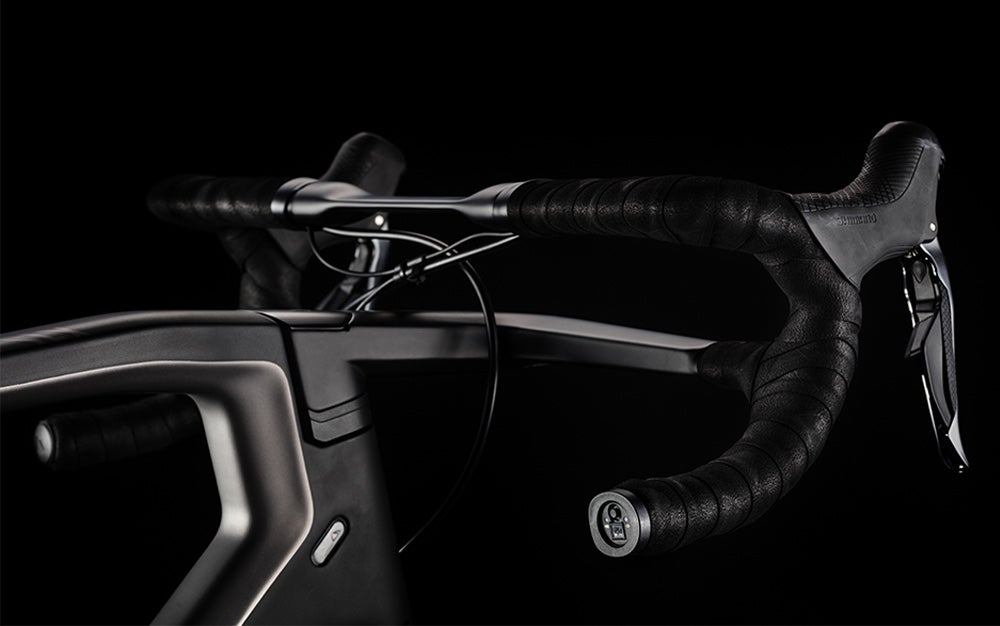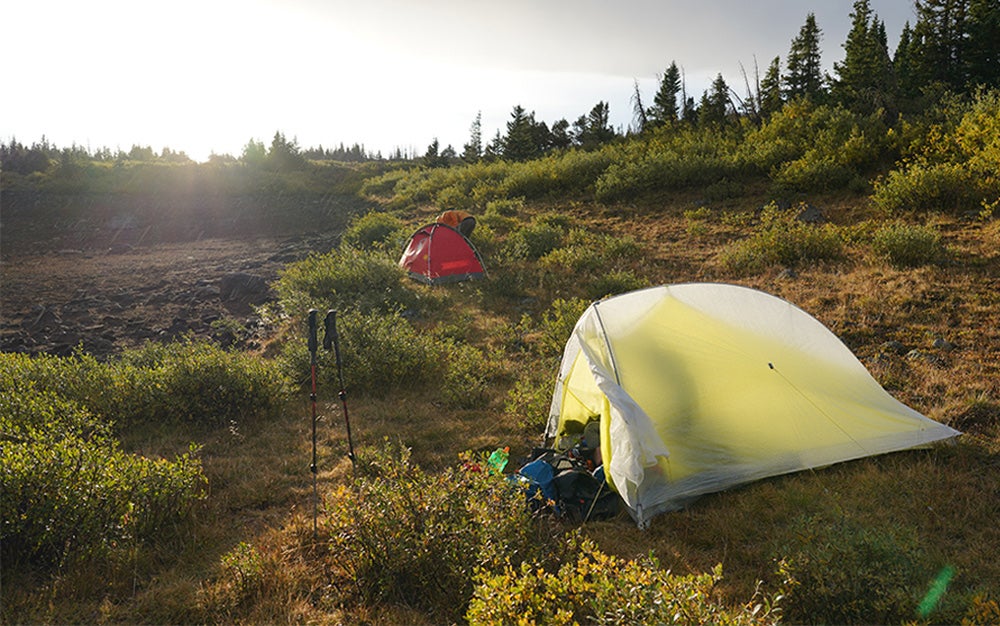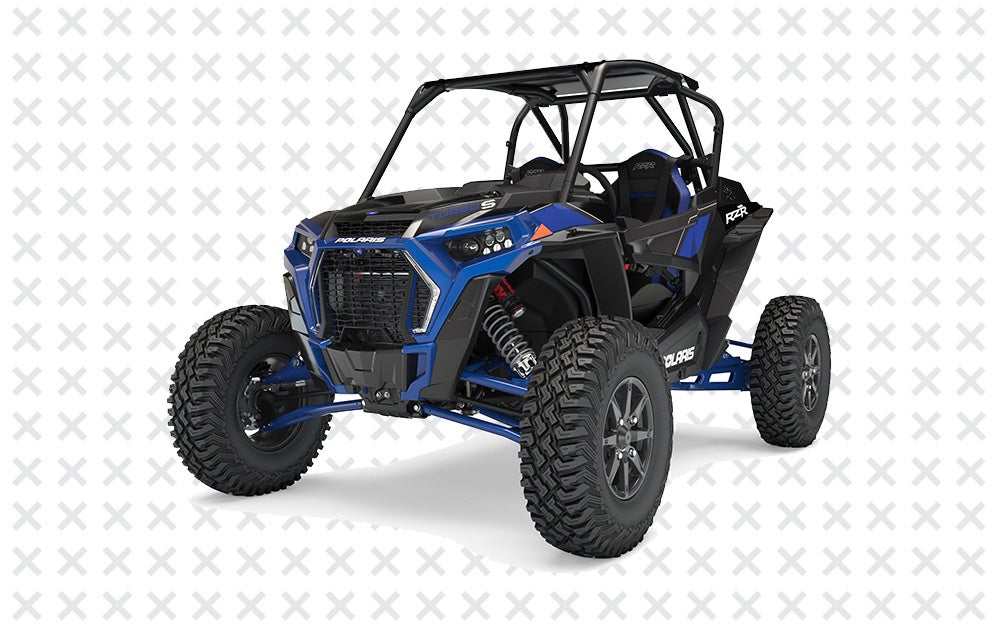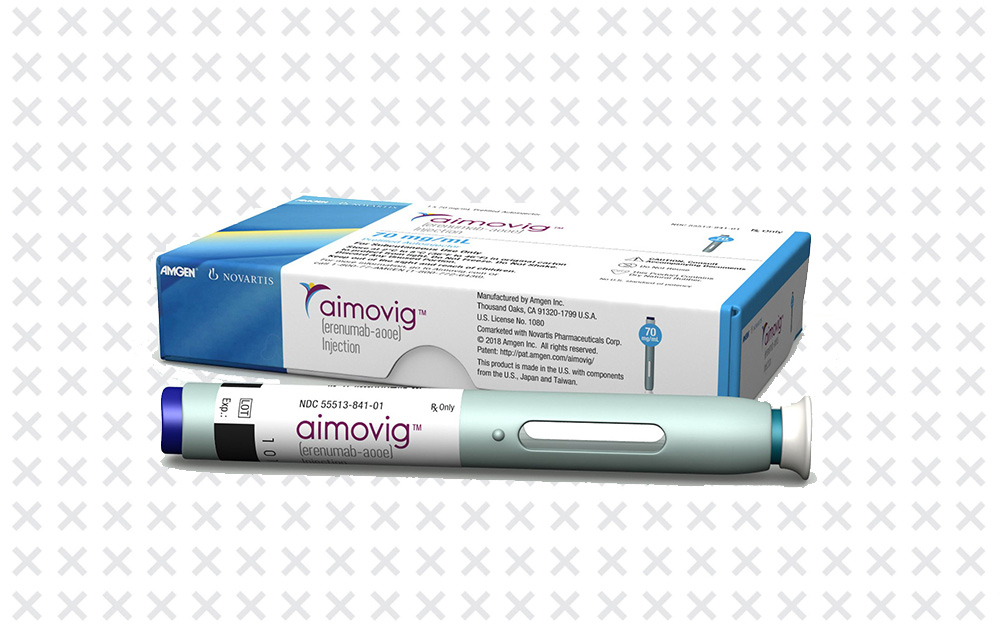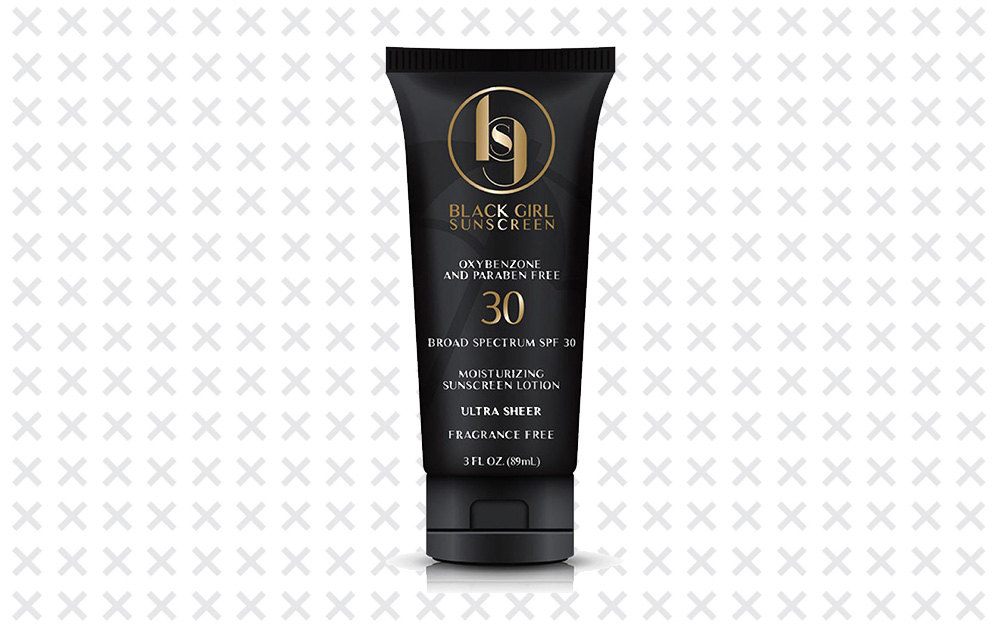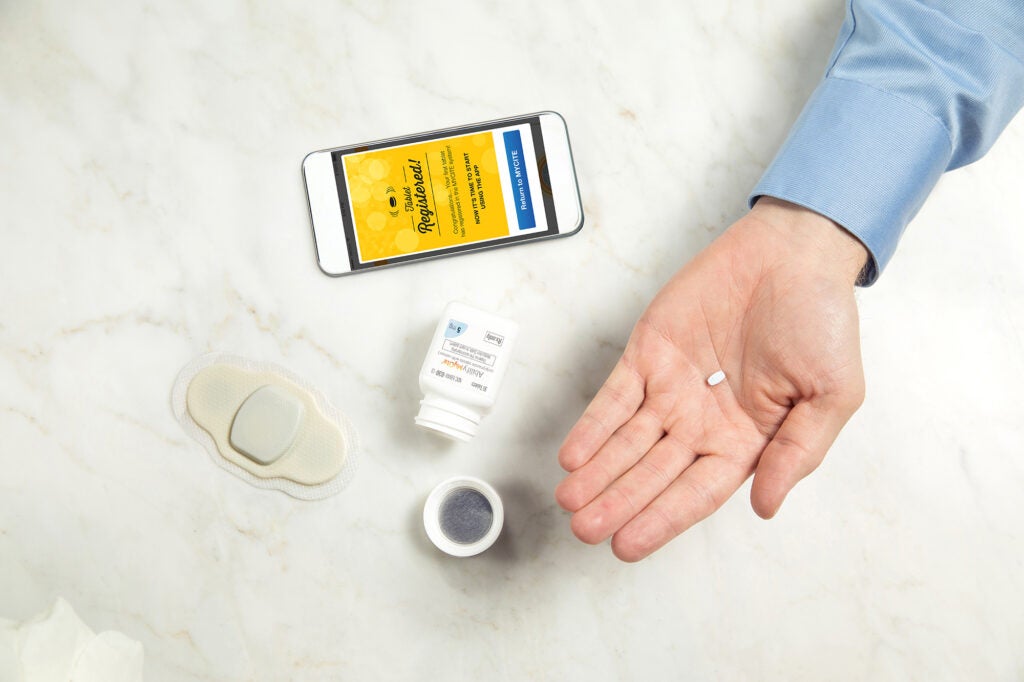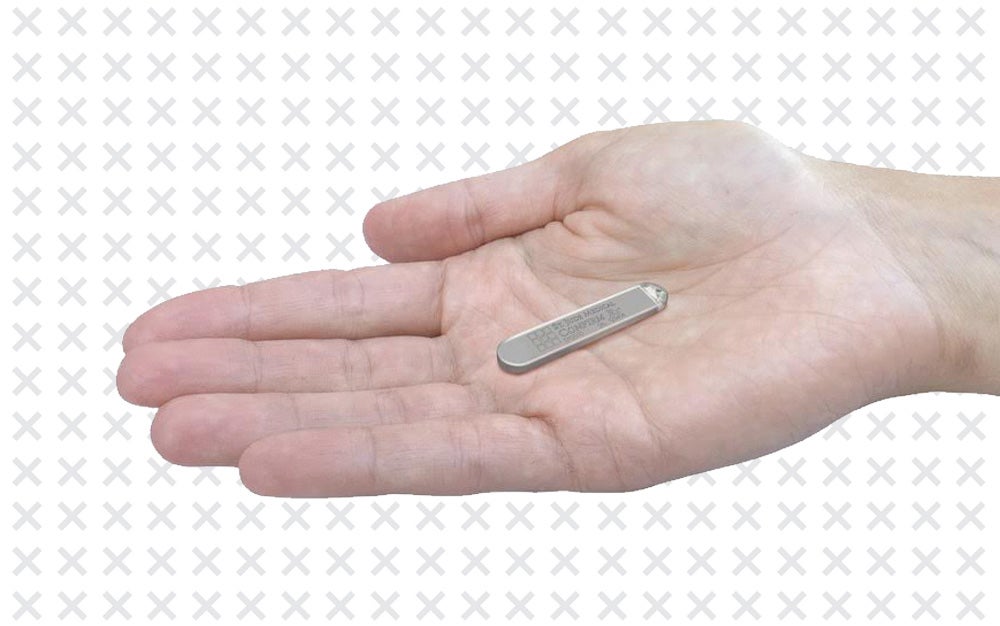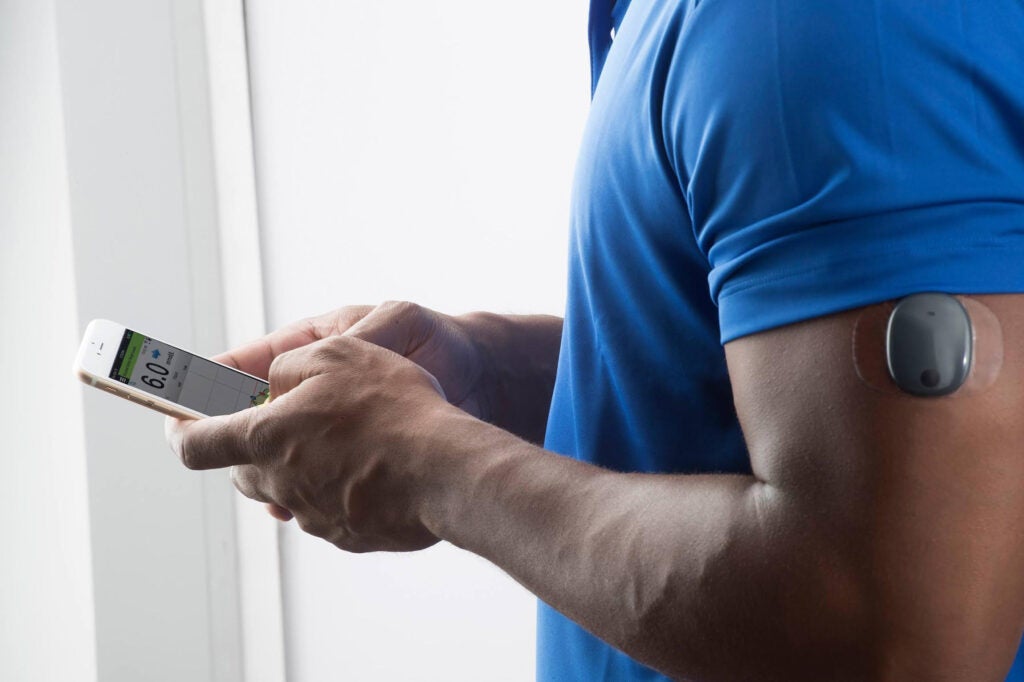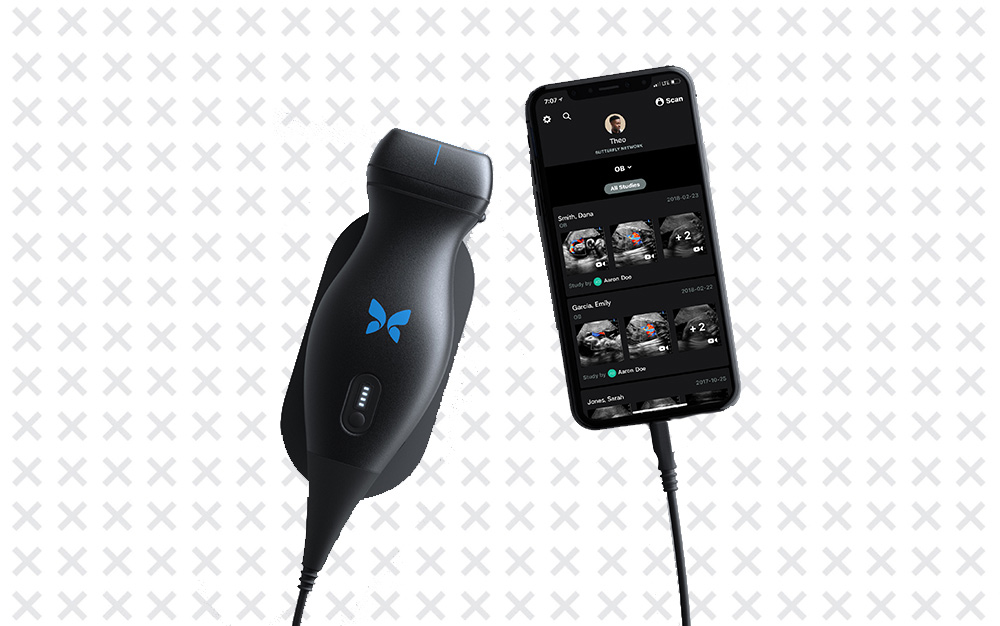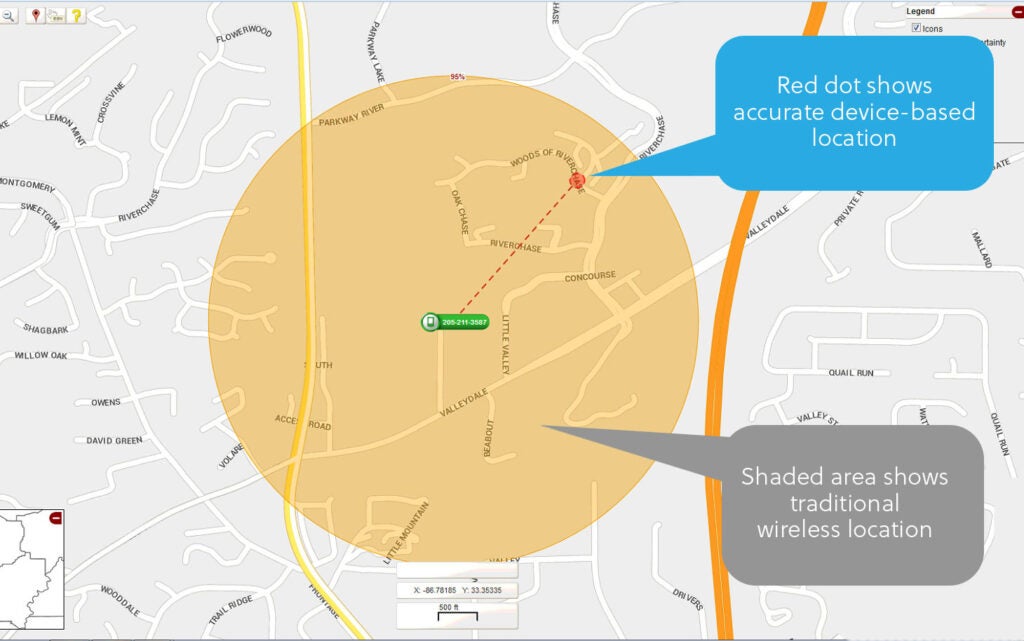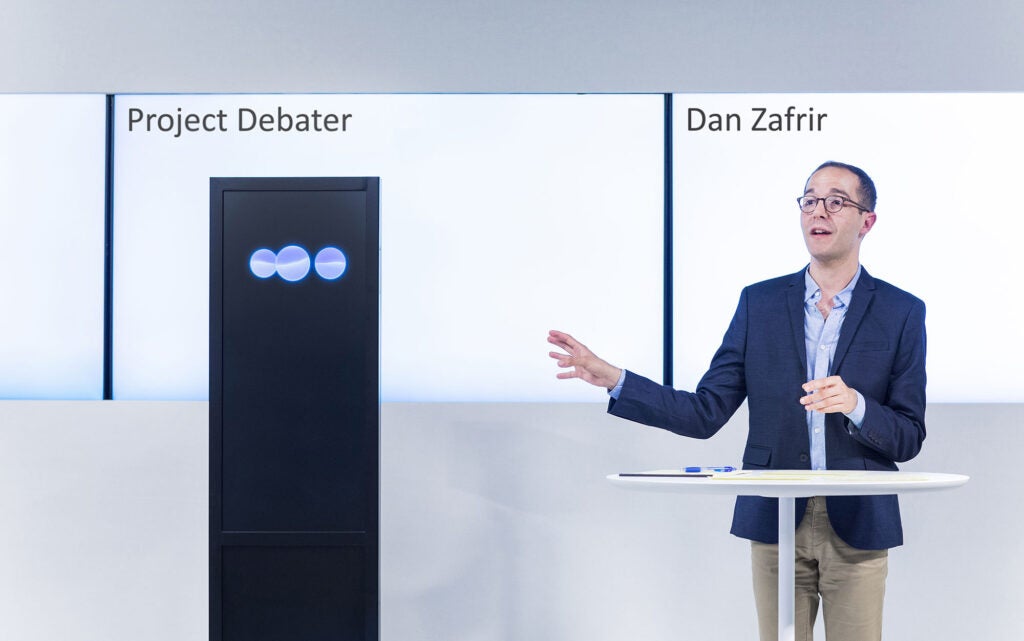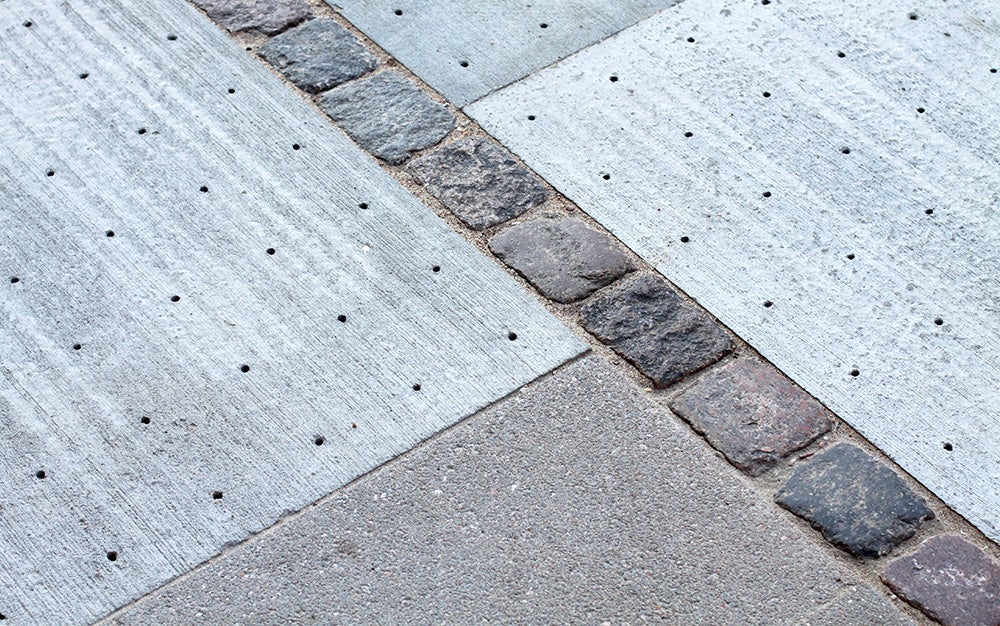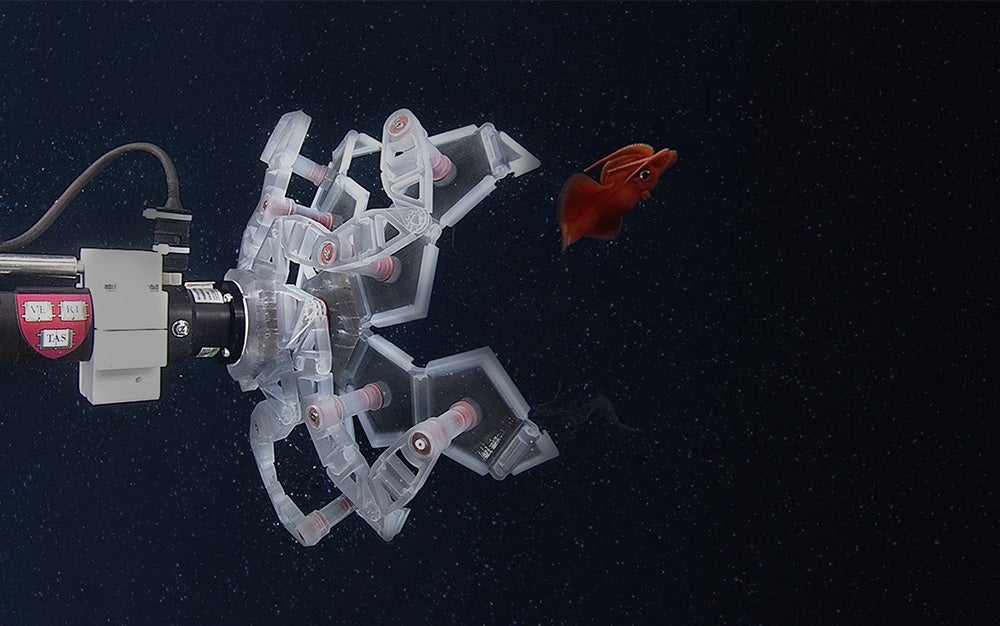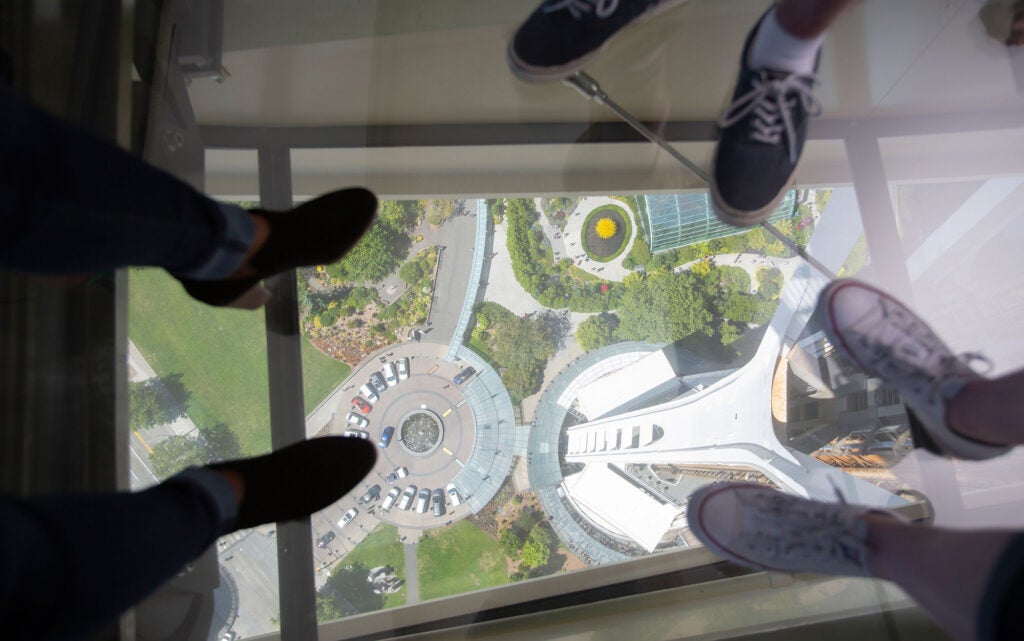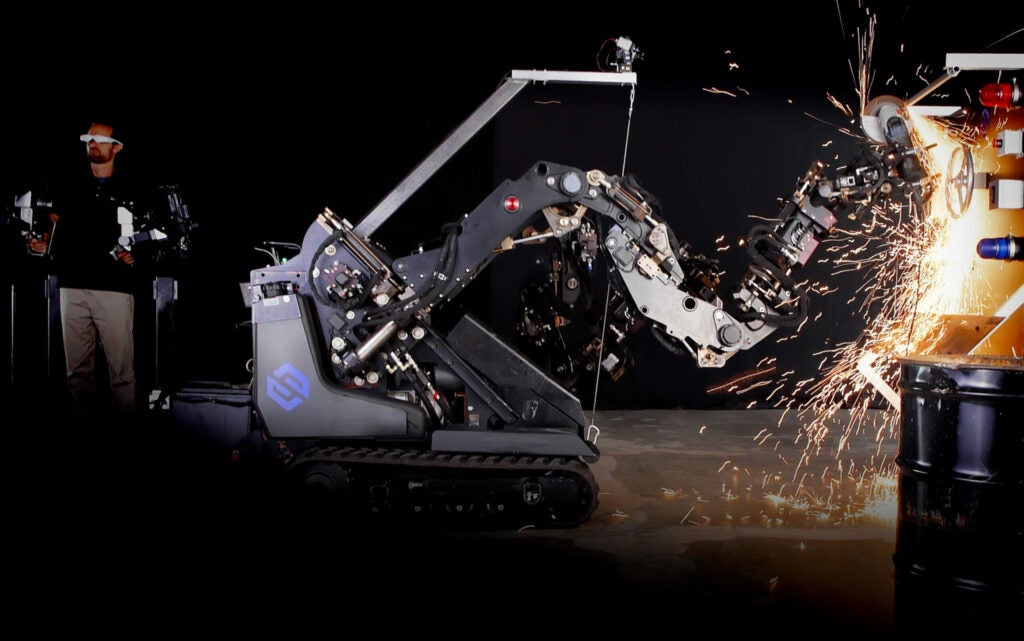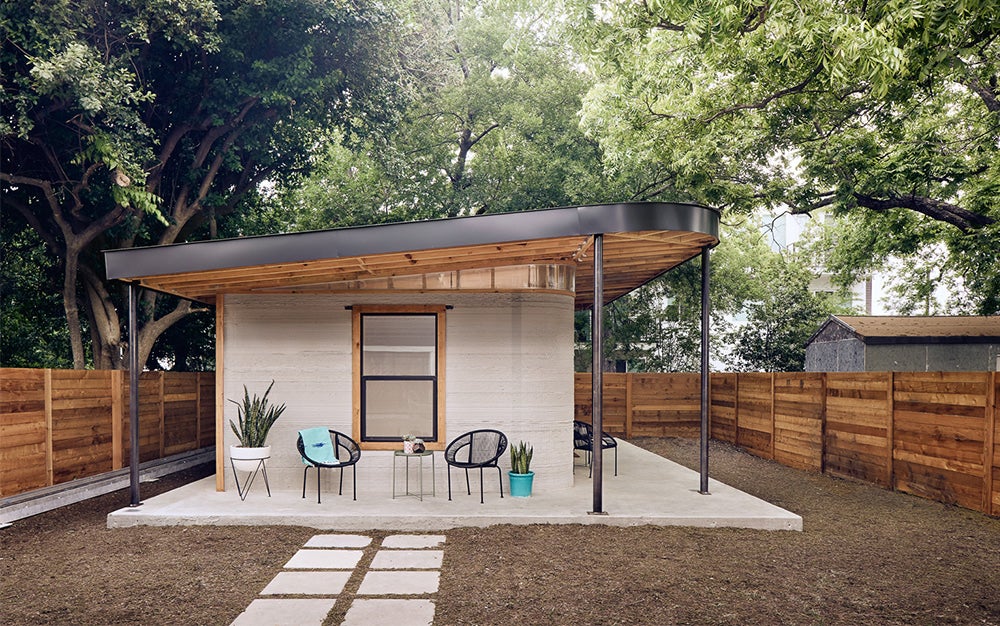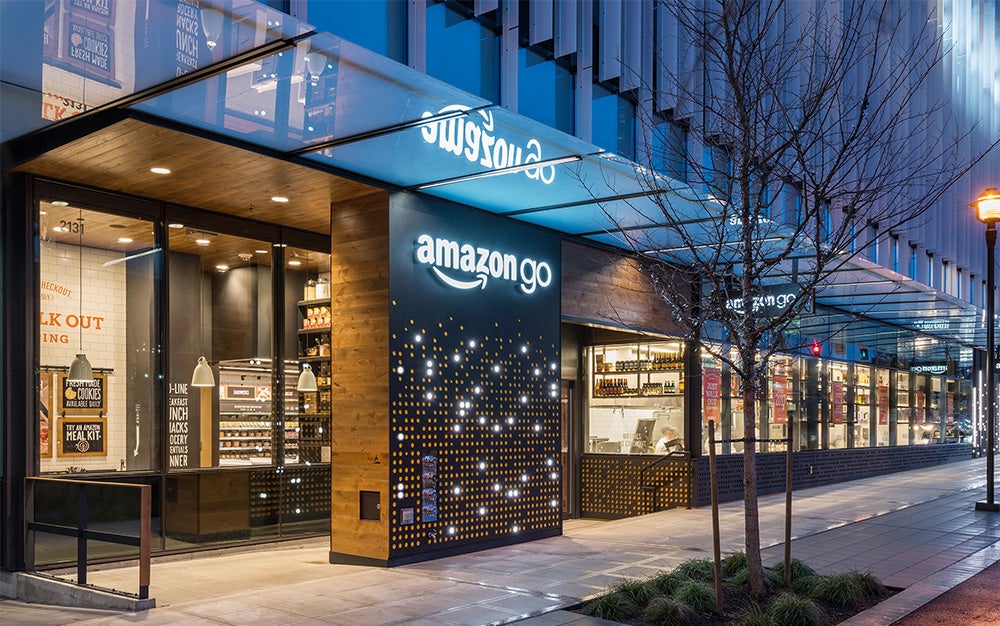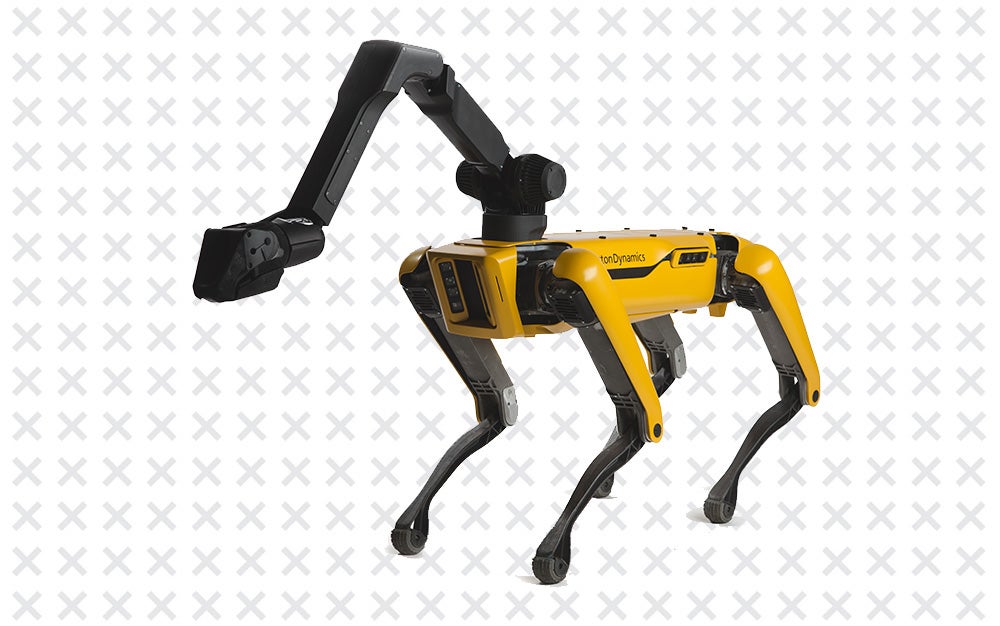What The Cybertruck Should Look Like
In November 2019, Elon Musk unveiled a shocking prototype. The dystopian, retro-futuristic, cyberpunk-inspired Cybertruck caught the world's attention. Fans had lots to love. Haters had lots to hate. But no one could ignore Tesla's first electric truck.
The polarizing Cybertruck design won many fans. By February 2020, Tesla had cashed half a million Cybertruck deposits. A year later, these customers are beginning to wonder when the Cybertruck will be available--and what the production Cybertrucks will actually look like. Join us as we list the Cybertruck redesigns confirmed by Tesla, as well as additional changes they must make to manufacture and sell a legal electric truck.
Related: This Is When You Can Really Expect To Buy An Electric Ford F-150
The Cybertruck Will Be Smaller
Musk's 2019 Cybertruck prototype was massive. The electric vehicle was a full-size, four-door truck with a 6.5-foot bed, capable of comfortably seating six adults. The body even featured fender flares to cover a wider track wheelbase.
In April 2020, Musk tweeted that the final Cybertruck would have a "reduced size," smaller by about 3%. In May 2020, Musk confided in Jay Leno that the prototype was too big to fit in a standard parking space and needed to downsizing. Musk casually said he had instructed his engineers to reduce the vehicle's every dimension by 5%. See Leno and Musk test drive the Cybertruck.
Musk's nonchalance contradicts his engineering savvy. Shrinking a vehicle by 5% is not a simple matter of zooming in or out on a virtual CAD model but requires significant re-engineering. Will the smaller Cybertruck be able to use the same engines and drivetrain as the prototype? Will it carry a smaller battery? If it uses the original battery, how will the lower power-to-weight ratio change acceleration and range numbers? Though Musk announced a re-sizing in the spring of 2020, Tesla has yet to adjust any of the numbers for the Cybertruck.
What we do know is that a 3-5% smaller Cybertruck will have less cargo capacity, less passenger space, less ground clearance, and less suspension travel. The smaller truck may also boast a lower weight, and its aerodynamics may benefit from a reduced surface area. As Tesla has yet to amend any of the performance and size numbers for the Cybertruck, we can only guess how the size changes will affect the production vehicle.
U.S. Cars Need Mirrors, Windshield Wipers, And Steering Wheels
The Cybertruck prototype features a sleek, space-age design. The simple, angular lines of the vehicle are accentuated by its lack of curves, bumpers, and headlights. But Tesla builds vehicles to sell in the U.S. market and overseas markets. These cars and trucks must adhere to specific safety regulations that the prototype Cybertruck does not.
Firstly, consumer cars must feature regulation headlights, brake lights, and turn indicators with a certain brightness and visibility. The Cybertruck does away with such individual lights, replacing them with single bands of LEDs at the front and rear of the vehicle. But if these LEDs are bright enough to meet local regulations, they should be legal.
In addition, modern vehicles need bumpers capable of protecting the car from any damage during a low-speed crash and protecting its passengers at a high-speed crash. If the front and rear steel of the Cybertruck is strong enough to meet these crash-requirements, it is well on the way to certification. But the exteriors of modern cars are also shaped to protect pedestrians in a crash, and the Cybertruck is not. On this front, the Cybertruck will fail European safety certification. If the Cybertruck is sold in Europe—as advertised—it will require, "strong modifications to the basic structure," according to a German safety certification expert.
When it comes to mirrors, the Europeans are more forward-thinking than the United States. The Cybertruck prototype did away with mirrors in favor of backup cameras and blindspot detection sensors. This is entirely legal in Europe. In the United States, however, mirrors are required. After the National Highway Traffic Safety Administration had to lean on Tesla to recall vehicles for unreliable touchscreens, it is even less likely that the government group will decide rearview cameras and screens are reliable enough to change its mirror laws before the Tesla truck launch.
Elon Musk has been driving around in his Cybertruck prototype with no windshield wipers whatsoever. This may be fine for him in Southern California, but to sell the truck to the public, he will need to install wipers.
Finally, the Cybertruck prototype boasts a steering yoke in the place of a wheel. Inspired by airplanes and Formula 1 cars, prototypes have been throwing out the wheel in favor of the yoke for generations. This may be fine at Mach 1, or even around the racetrack, where only slight adjustments are needed. But for parallel parking, completing a U-Turn in a parking lot, or off-roading, drivers need to rapidly turn the front wheels from one lock position to the other. For this reason, automobile regulators the world-over require steering wheels to be "one continuous loop."
The Cybertruck Will Gain Proprietary Air Suspension
When Elon Musk introduced the Cybertruck prototype, he claimed that it would have four inches of suspension travel. Then GM unveiled the Hummer EV, boasting six inches suspension travel. In April 2020, Musk announced via a Twitter comment that his production truck is receiving an "all new" air suspension system—not a redesign of Tesla's Model X suspension. He said his team is "working on increasing dynamic air suspension travel for better off-roading."
The entry-level Cybertruck is a single-engine rear-wheel-drive model. Upmarket trucks include two and three-engine all-wheel-drive models. But Rivian has revealed the R1T is a four-engine truck, capable of reversing the engines on one side to perform handy "tank turns." Even Lordstown's Endurance features four motors. Will Tesla announce a four-engine top-trim Cybertruck? Only time will tell.
Space-Age Stainless Steel Compliments Of SpaceX
During the prototype reveal, Tesla announced that the Cybertruck would benefit from a unique construction method, an exoskeleton made of an "ultra-hard 30X cold-rolled stainless-steel structural skin." The Tesla website adds, "If there was something better, we'd use it," and claims the unpainted exoskeleton will help eliminate pesky automotive problems such as dents, damage, and long-term corrosion.
In the past year, Musk's proprietary metallurgy has evolved. These new processes will benefit spaceships and the Cybertruck as well. When Musk tweeted that SpaceX is changing standard both alloy ingredients and forming methods so rapidly that traditional metal classifications no longer apply, a Tesla fan commented to ask if the Cybertruck alloy would be changing. Musk tweeted a one-word response: "yes."
By the 1960s, American automakers had given up on a "nearly impenetrable exoskeleton." Once Detroit engineers learned that highway-speed crashes would wreck even the most robust vehicles, they began building crumple-zones into their cars. These sacrificial zones are designed to absorb impact and reshape the passenger compartment into a protective pod during a crash. We don't know if the final Cybertruck design will include crumple-zones to protect passengers or if doing so will require moving from an exoskeleton design to a more traditional body-on-frame.
Finally, Model Y production required Tesla to outfit their Texas "Giga" factory with an unprecedented die-casting press, the largest in the world at the time. The cold-rolled stainless construction of the Cybertruck will require an even larger 8,000-tonne press. As of February 2021, Tesla is installing the new machines. Whether or not producing the Cybertrucks on these new machines will require slight changes to the final alloy or shape remains to be seen.
The Final Design Is Under Wraps
A year after taking the stage with a dramatic Cybertruck prototype, Elon Musk claims the final product is ready. On January 20th, 2021, the Tesla founder made his quarterly investor calls; when asked about the Cybertruck, he said, "We've got the designs fixed," according to CNET.
Musk did not reveal what the final design is and how it differs from the first Cybertruck prototype.
After bringing several previous car models to market, Elon Musk has a good idea of what the process entails. He made it clear to his investors that he didn't expect to begin full "volume production" until sometime in 2022.
Musk did reveal that he has not yet ordered all the equipment to tool up a factory capable of producing Cybertrucks en masse, so there is a chance his "final" design will have to change again due to manufacturing constraints. In addition, this final design still must pass crash tests and earn a safety certification from government bodies such as the NHSA. So while we don't know what Tesla's final design looks like, we also don't know if it must change further before electric truck enthusiasts can buy theirs.
Like most prototypes, the Cybertruck will require some major changes before production and distribution. We will report the changes as they are revealed, we too are excited to see the final truck.
Conclusion
The Cybertruck is a bold and brave design that none of Detroit's big-three would have chanced. We applaud not defaulting to the designs Detroit would let dictate our future. It does not matter whether we personally like the angular, bare-metal, badass design of Elon Musk's "street legal tank from the future." We want to see it exist and we invite more vehicles this unique. We dream of a world in which all cars are inspiring machines that connect us with our passions and announce our personalities to the world. In this way, the Cybertruck is a step in the right direction.
Such innovation is one of the strengths of a nimble company under the command of a single automobile auteur. Another strength is shown in Musk's amenability to innovative suggestions. On Twitter and in interviews, Tesla fans have suggested an "inner-tailgate" between the bed and passenger space (think Chevy Avalanche), solar panels on the truck's tonneau cover (adding 15 miles range per sunny day), and even an HVAC system continuing into the bed for camper hookups. And Musk has expressed support for all these ideas. We may see one or all of them integrated into future generations of the Cybertruck.
But an entire auto company working at the whim of a single engineer has weaknesses as well. Elon Musk has structured Tesla with no checks or balances on his wildest design ideas. This leaves his prototype designs ill-prepared to face real-world checks and balances, such as manufacturing limitations and legal requirements. This chasm between prototype and reality increases the time between an announcement and production and leads to unnecessary differences between prototype and production vehicle. In the past, it has placed motorists and pedestrians in unnecessary danger. We hope Elon Musk streamlines Tesla's ability to work with the regulators of the auto industry and Tesla continues to offer groundbreaking vehicles for generations to come.
Sources: CNET's Roadshow, Elon Musk's Twitter, Tesla
NEXT: Here's When Tesla's Cybertruck Will Be Available (And Why It's Worth The Wait)
Here's Why The Toyota FJ Cruiser Was Discontinued
The Toyota FJ Cruiser was ideal for people who wanted a retro vehicle that was optimized for off-roading adventures.
Read Next
About The Author 
Henry Cesari (66 Articles Published)
Automotive journalist. Nostalgic optimist: Passionate about the preservation of vintage cars & also believes the golden age of the automobile has yet to arrive! HenryCesari.com
More From Henry Cesari
What The Cybertruck Should Look Like
Source: https://www.hotcars.com/here-are-some-ways-teslas-cybertruck-must-change-for-production/








